Located in the Aude in Occitanie, 5 km from Carcassonne and 90 km from Toulouse, the Château de Pennautier is located on a wine estate classified as a historic monument.
Nicknamed « Petit Versailles », it is distinguished by its furniture donated by the young King Louis XIII; its architecture inspired by Versailles, mixing the classicism and the baroque of Le Vau, as well as its park classified as « Remarkable Garden » created by the landscape gardener Le Nôtre. We find in this area, the influence of 3 centuries, the 17th, 18th and 19th centuries.
The castle
In 1620, Bernard Rech de Pennautier, treasurer of the states of Languedoc, built a castle to highlight his charge. The young King Louis XIII, on his way to Perpignan, stopped there in 1622 and left his travel furniture there.
A few years later, his son Pierre-Louis de Pennautier, treasurer of the states of Languedoc like his father, then receiver general of the clergy of France, decided to enlarge the building. After having often stayed in Versailles at the court of King Louis XIV. He entrusted Le Vau with the elevation of the wings of the castle on either side of the facade, the construction of the orangery to the east and that of a ballroom or music room to the west. Le Nôtre designs French-style gardens over 30 hectares. Molière will often give comedy at the château.
A great financier of the time, Pierre Louis de Pennautier was behind the construction of the Canal du Midi, the Compagnie du Levant and regional royal factories, including that of Pennautier, which weaves sheets from the wool of the sheep of Montagne Noire and employs up to 2,000 workers.
In addition, he developed his estates of nearly 2,000 hectares, producing from 1701, Pennautier wines served at Versailles, at the table of the king’s officers.
In 1710, the castle returned to the nephews of Pierre Louis de Pennautier who took the name of Beynaguet de Pennautier. Jacques Beynaguet de Pennautier, Knight of St Pardoux, spent the period of the Revolution at Versailles. He will recount the events as well as his travels in India and South Africa in stories illustrated with drawings and military manuals. At the castle, he adds collections of objects and paintings. His son Rodolphe enlarged the building between 1835 and 1850 by filling in the central courtyard and renovating the interior with Italian-style mosaic floors. He redesigned the English-style gardens.
The part near the castle was restored in the 20th century, there are memories of the English park such as ruins and rockeries as well as a 1.7 km walk around the park discovering rare trees, boxwood alleys, bicentenary pines and cedars.
The Beynaguet family died out in 1971, but the estate’s heiress, Paule de Pannetier, married a Breton gentleman in 1910, Christian de Lorgeril, who died in horrible circumstances in 1944. In 1920, after a fire, the northeast wing is removed.
The last generation
Today, his grandson Nicolas de Lorgeril and his wife Miren de St Chamas are responsible for the chateau, which they completely renovated in 2009. The site is now suitable for receptions, seminars and events. It is also the seat of the Lorgeril estates and vineyards.
In 2016 and 2017, the site received the 1st prize for the flower gardens of the Aude and has just received the prestigious « Jardin Remarquable » label.
In the family chapel, which has welcomed several generations, passing priests can celebrate masses.
The site has been classified as a historic monument since March 1972, the castle and its decor since March 1989.
The Lorgevil family introduced the Chardonnay vine in 1998, it combines respect for the terroir and the environment in areas conducted in reasoned organic farming and certified High Environmental Value level 3.
CASTLE OF PENNAUTIER
2 Boulevard Pasteur
11610 Pennautier
+33 4 68 72 65 29
contact@chateaudepennautier.com
https://www.lorgeril.wine/visite-du-chateau-de-pennautier-et-parc/
https://www.lorgeril.wine
Share this content:



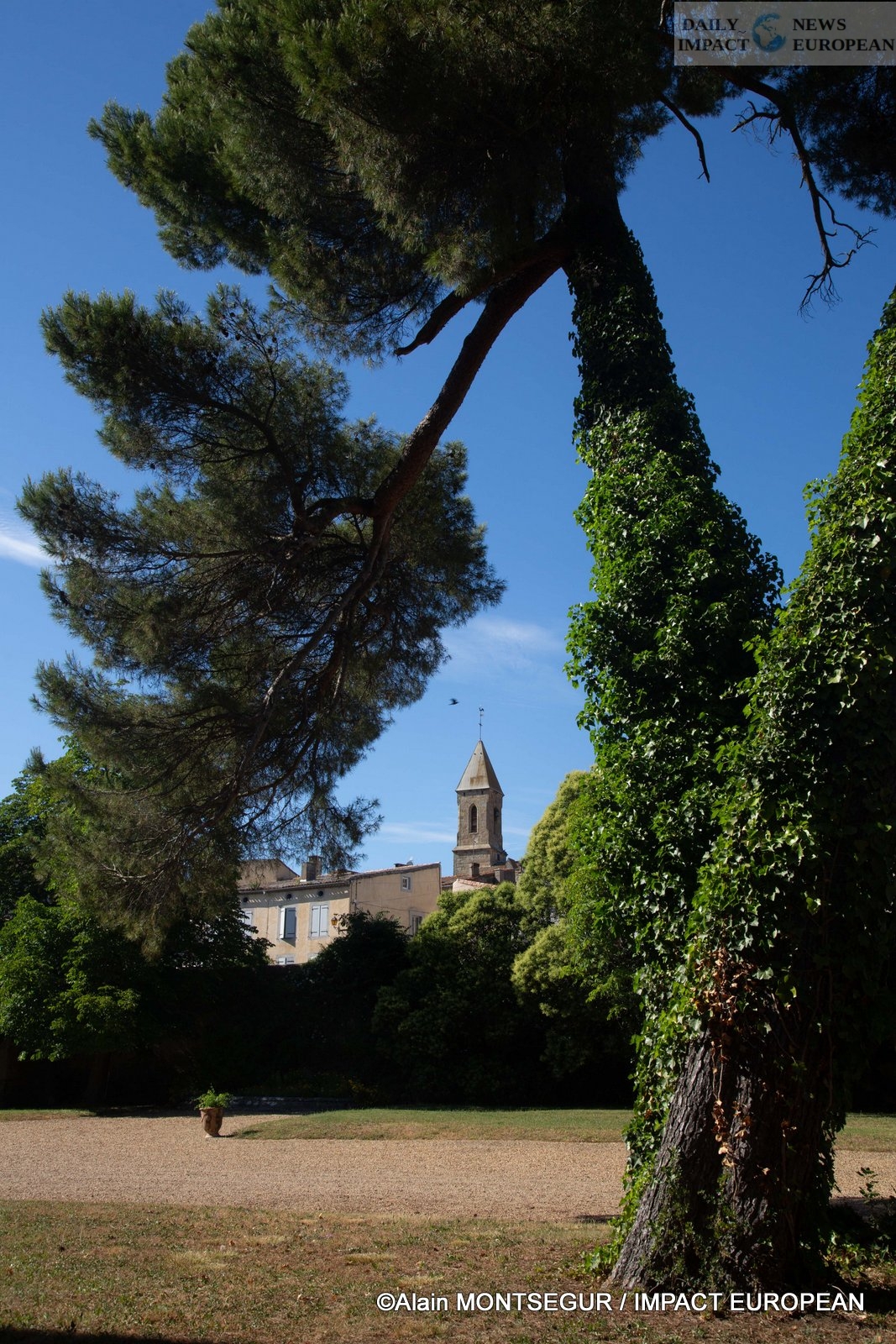
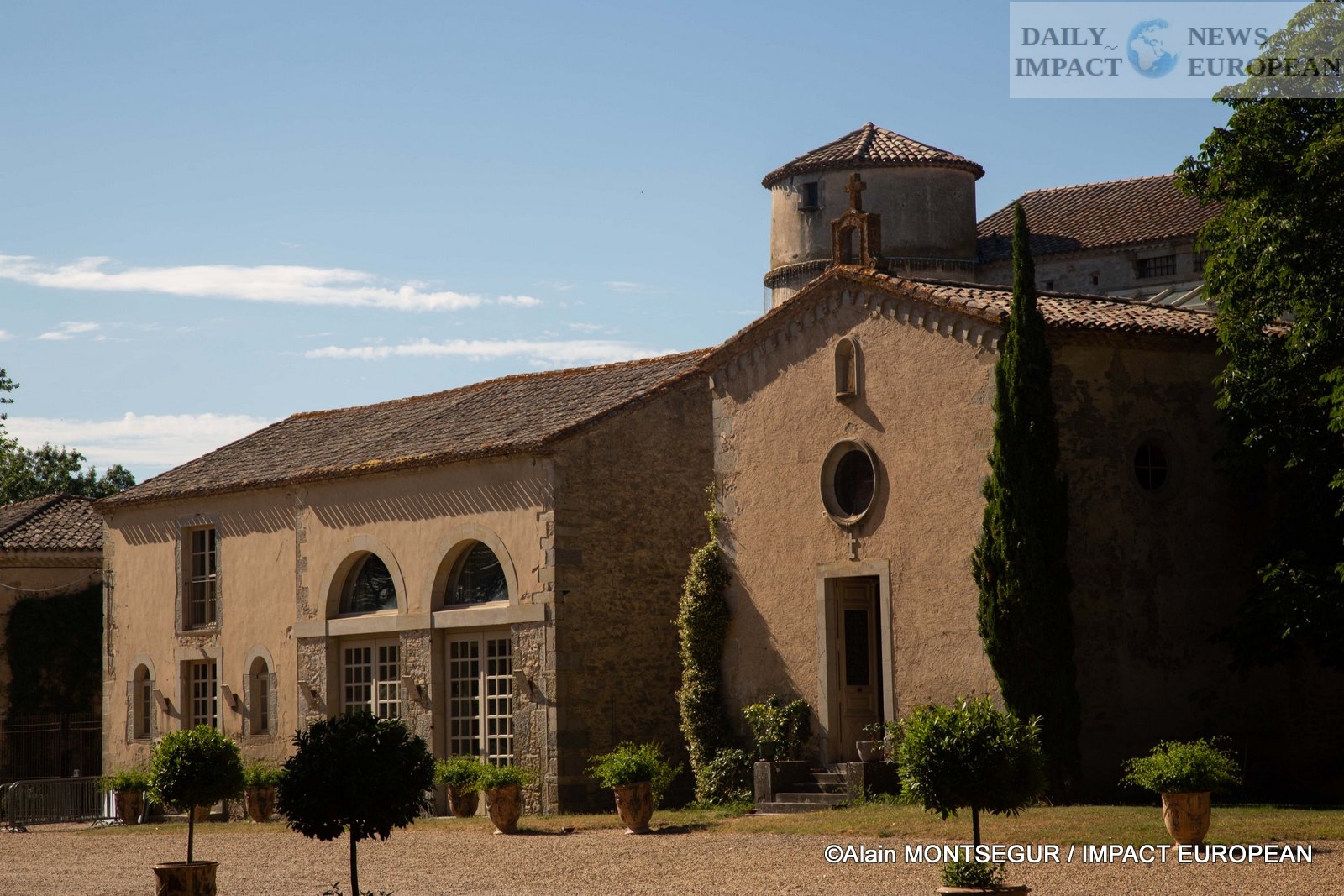
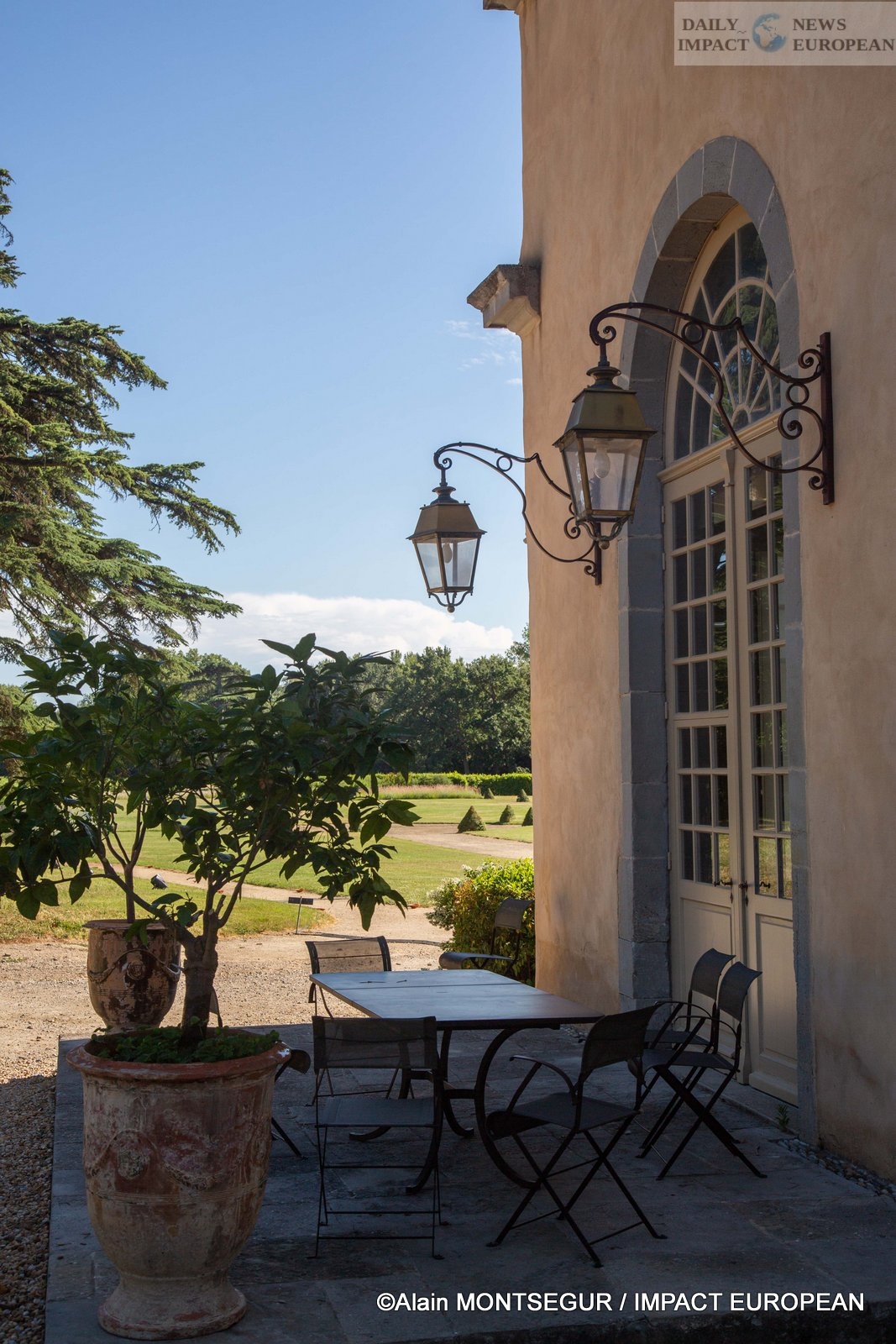
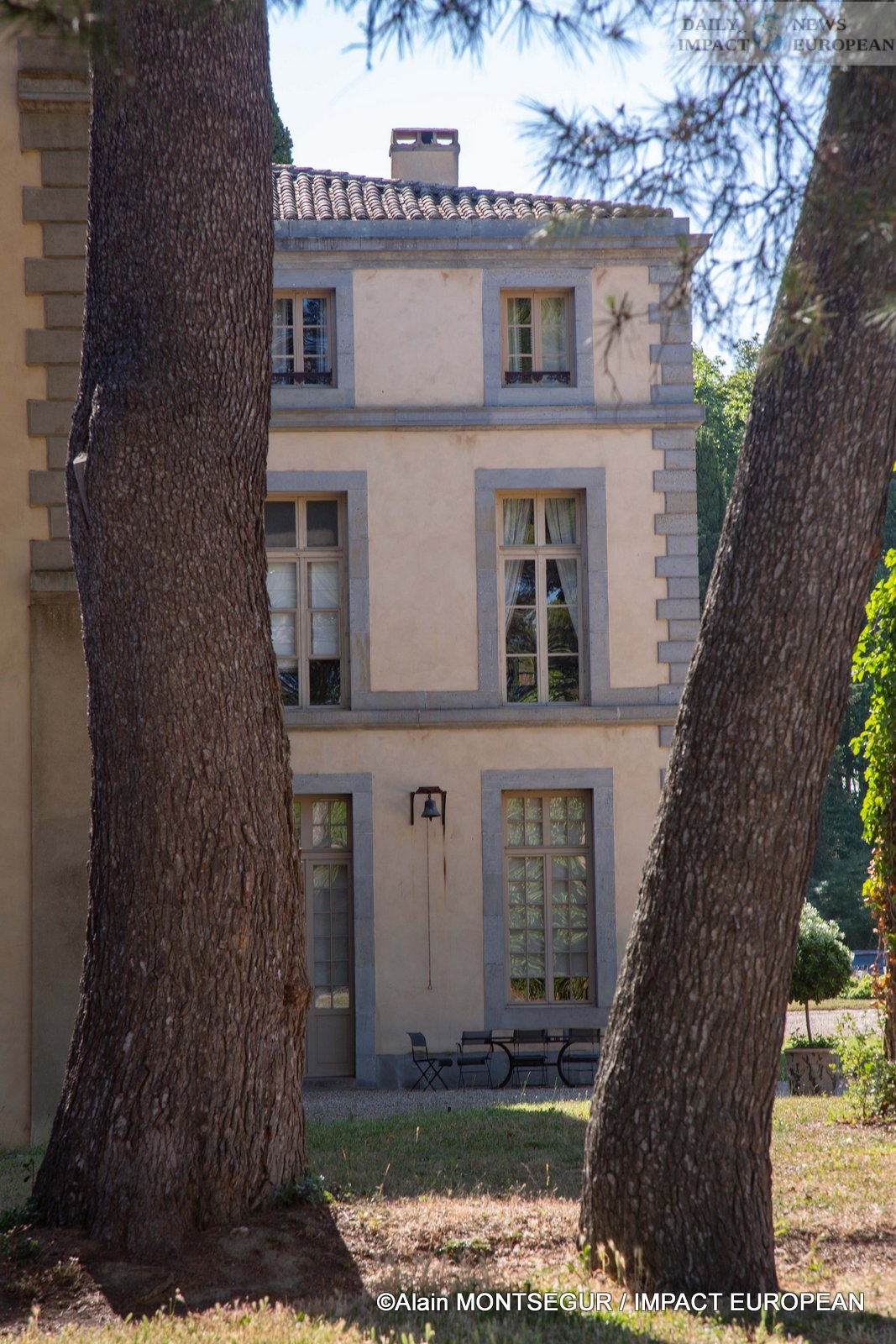
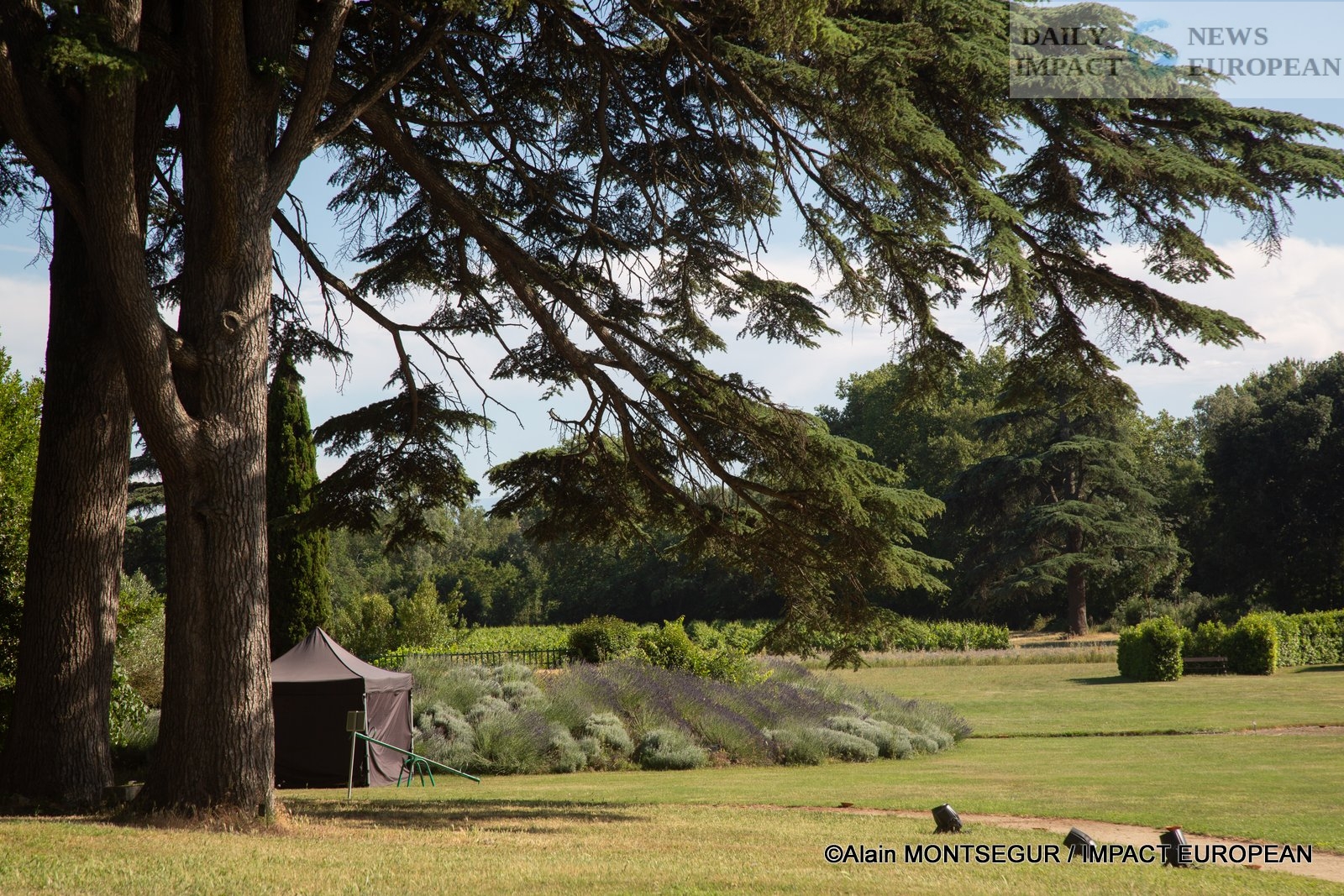

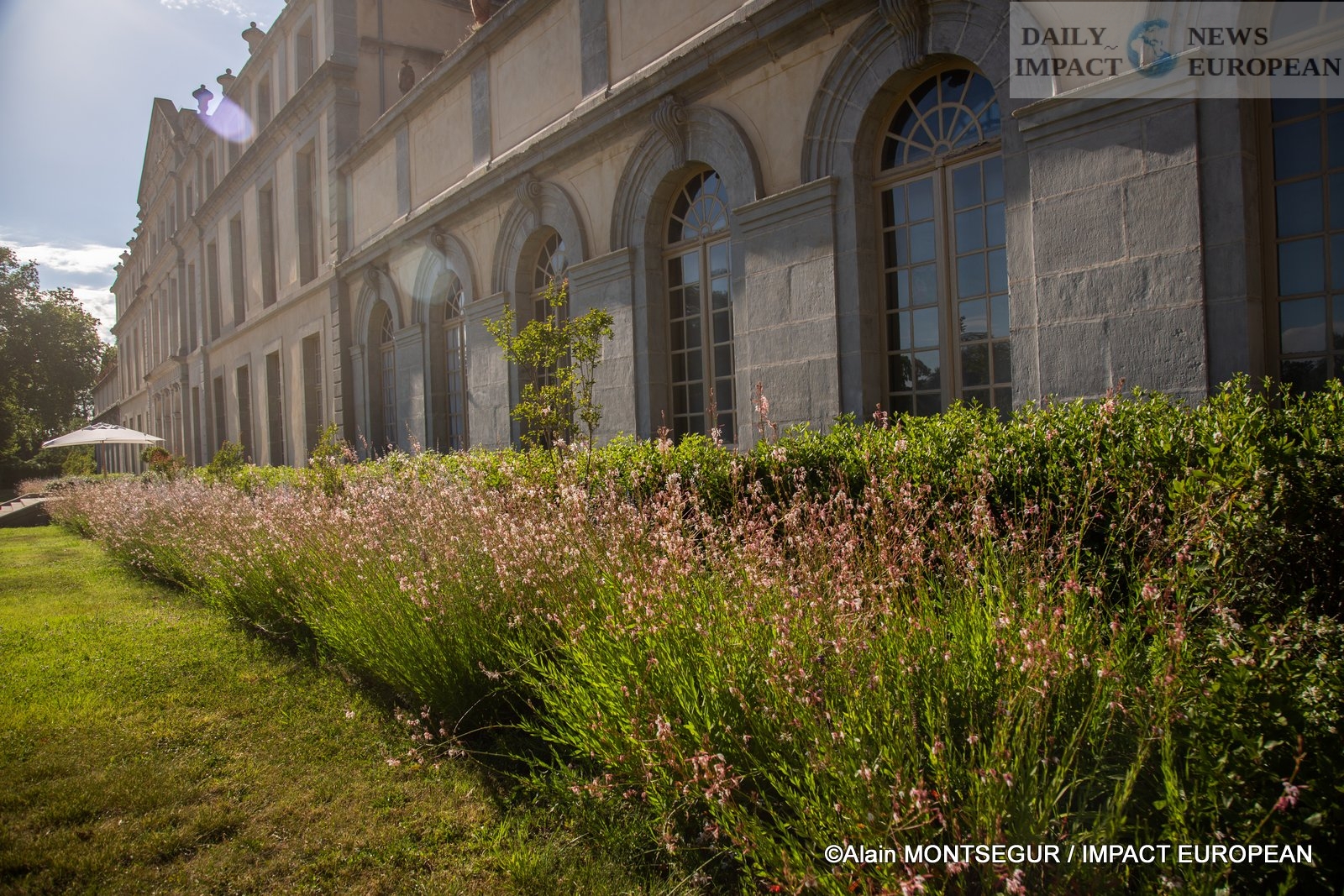
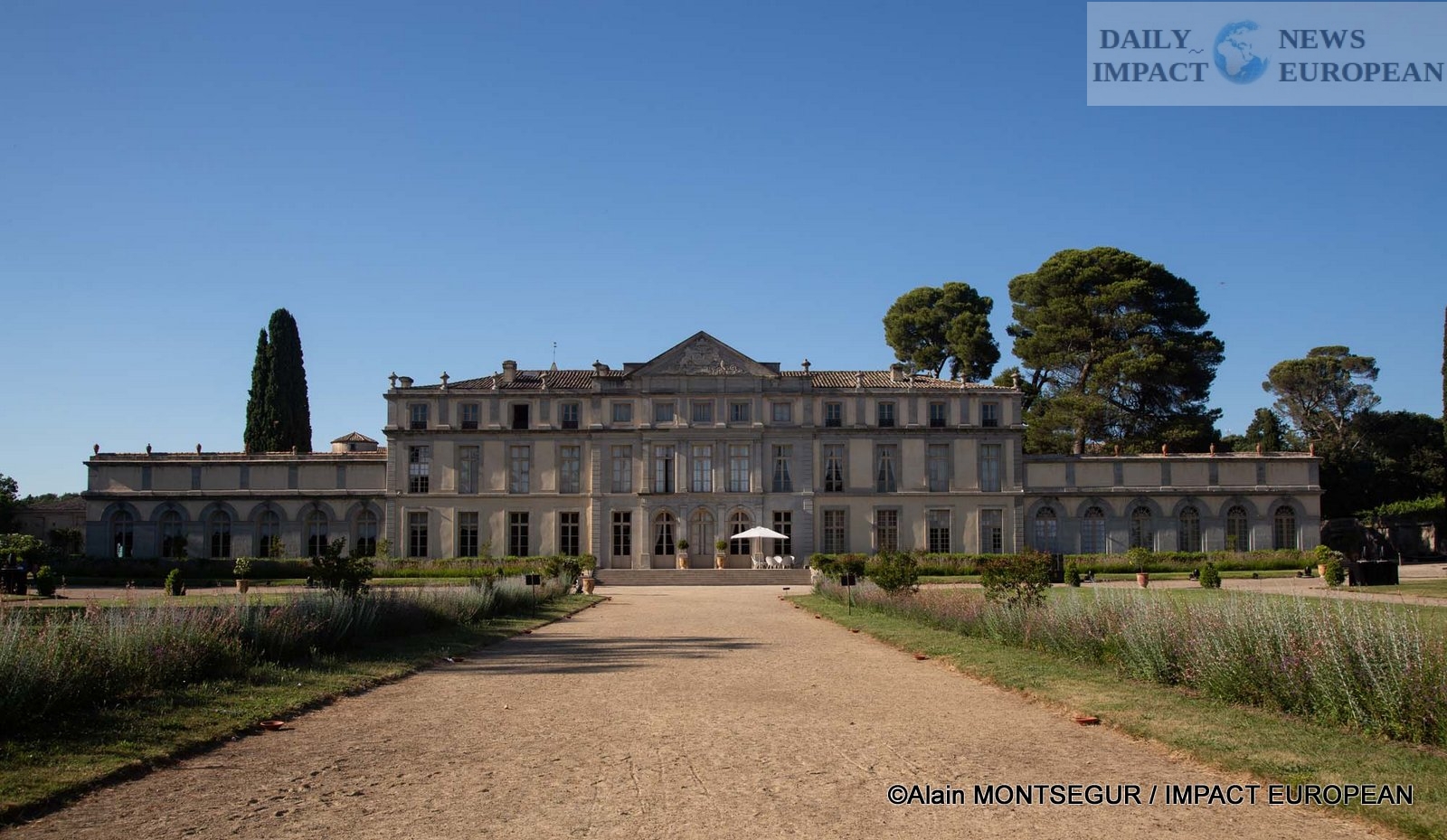
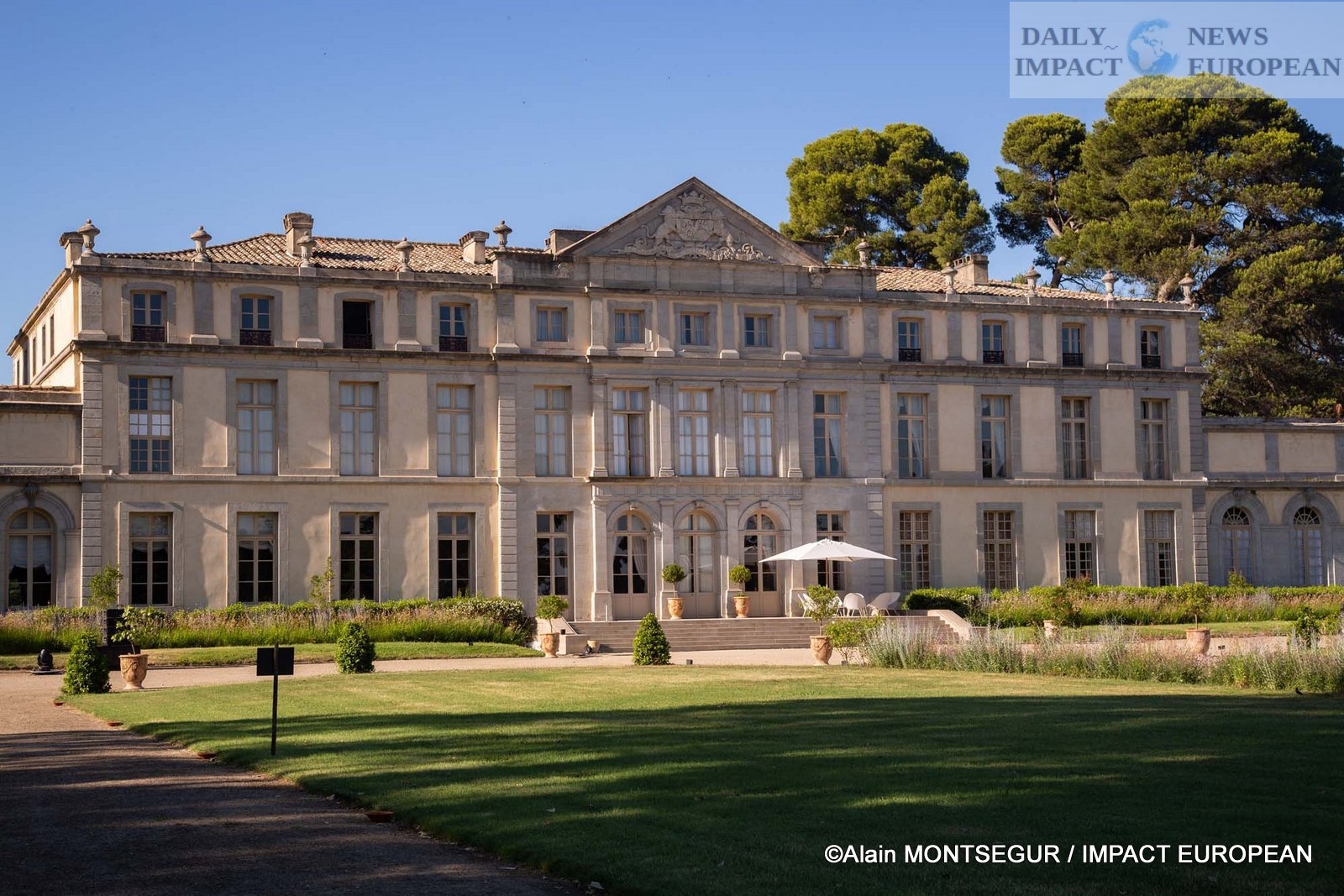
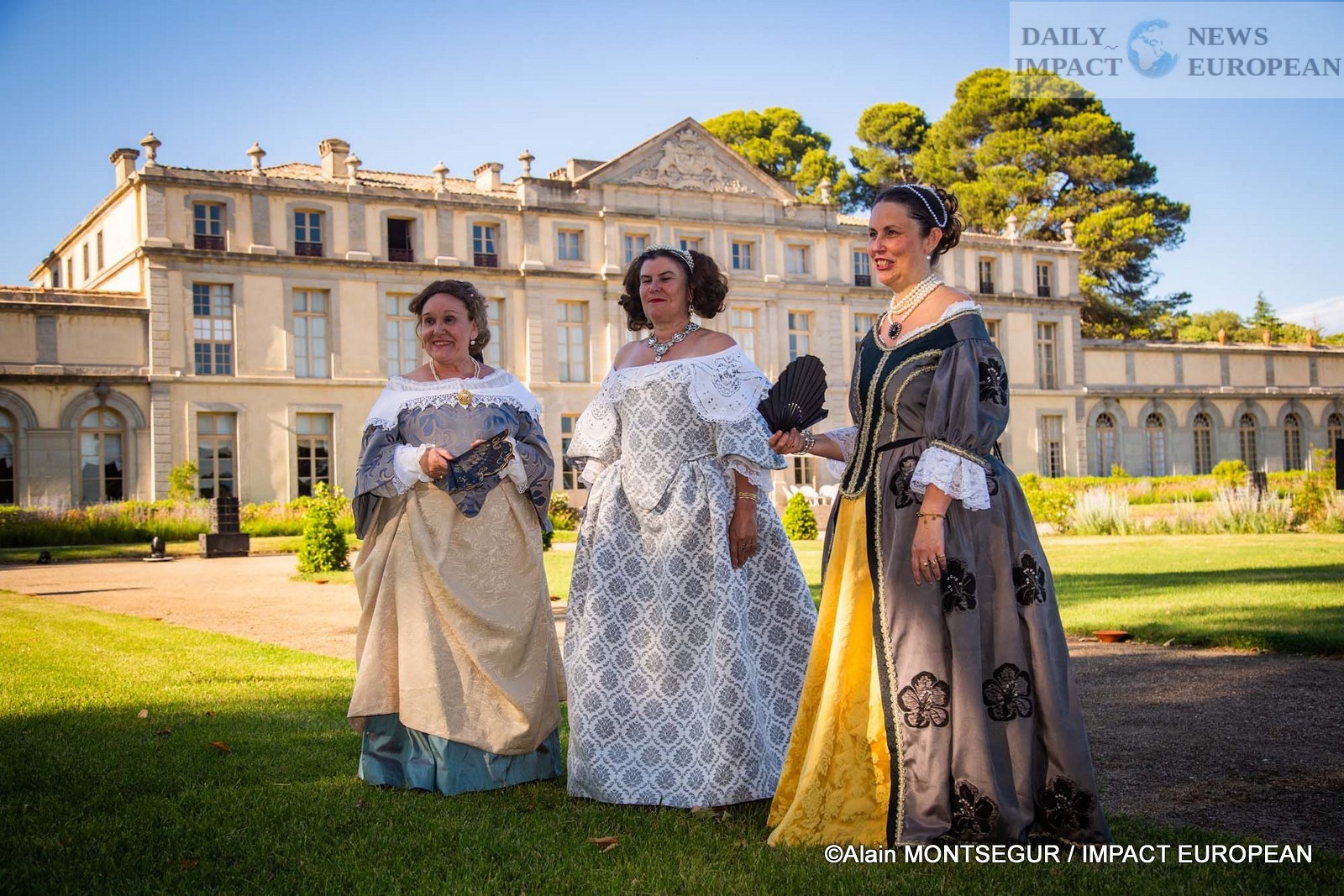
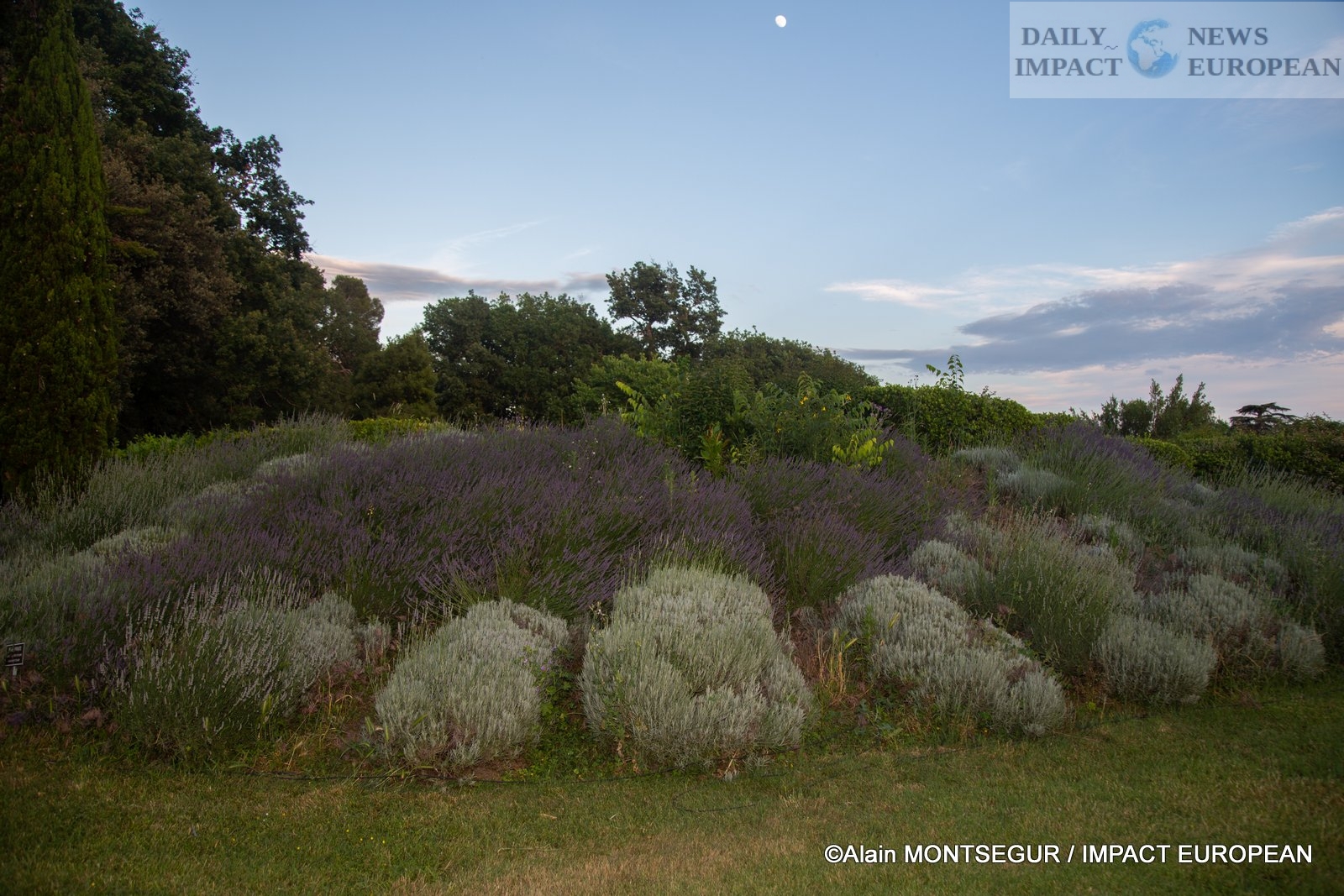
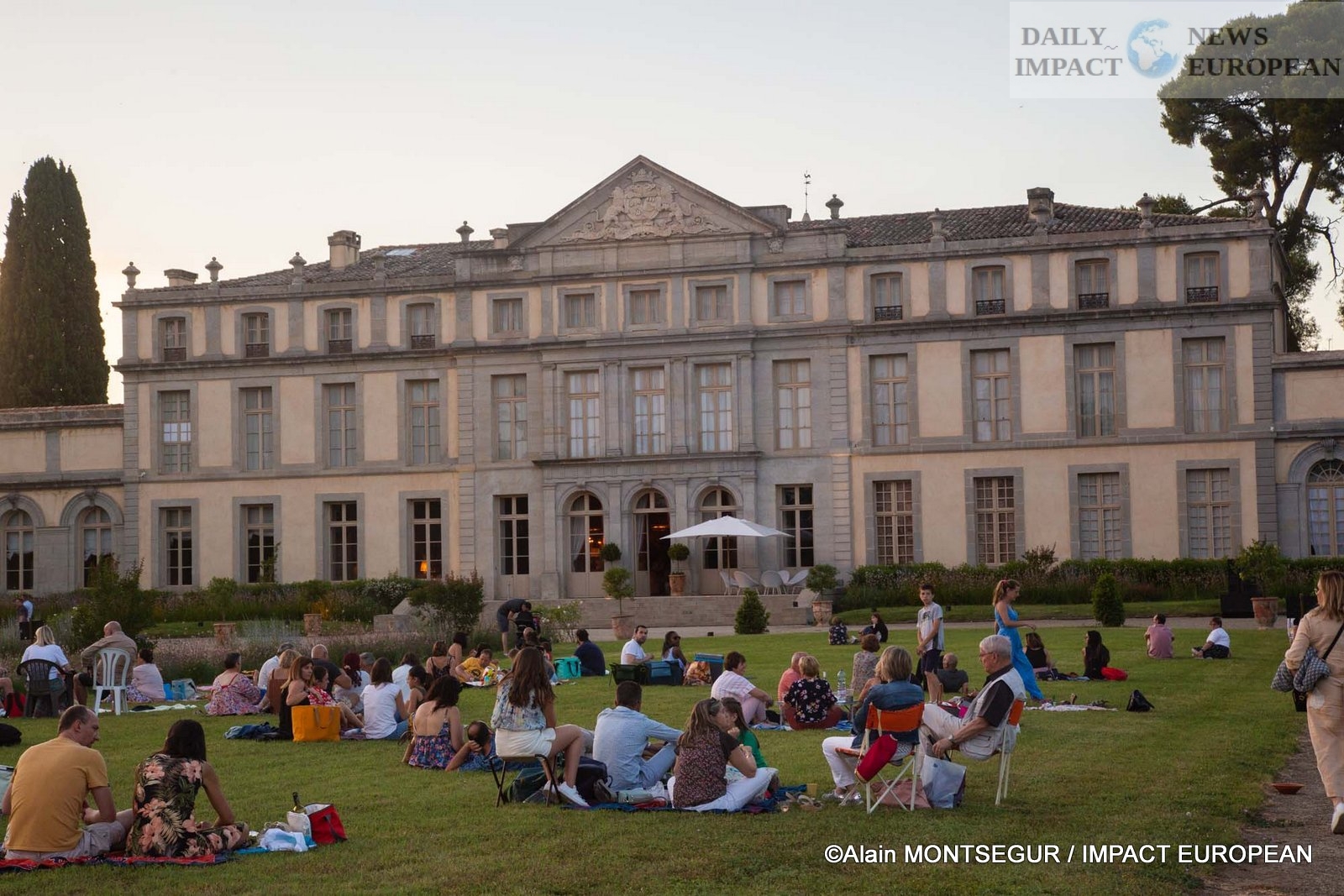
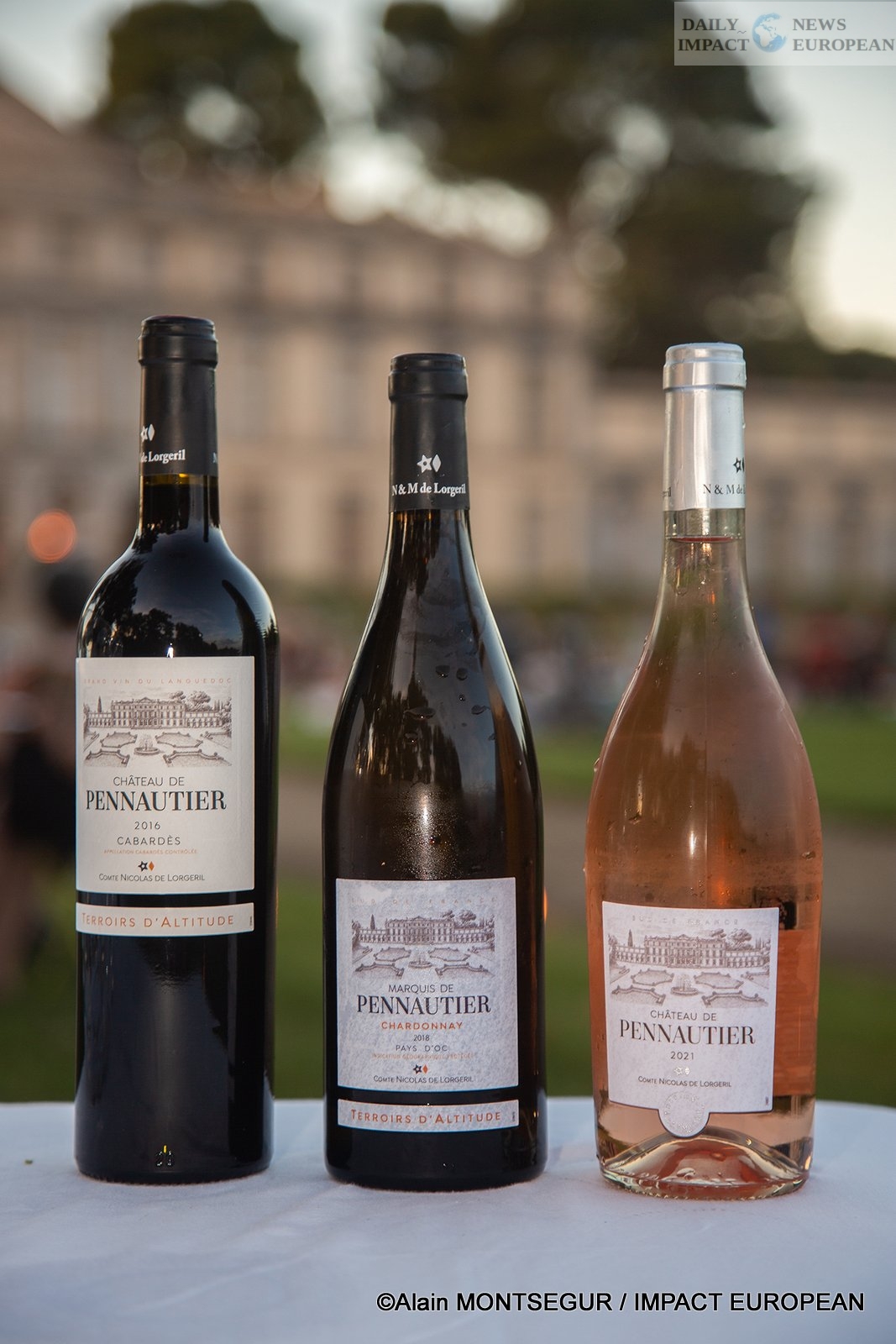
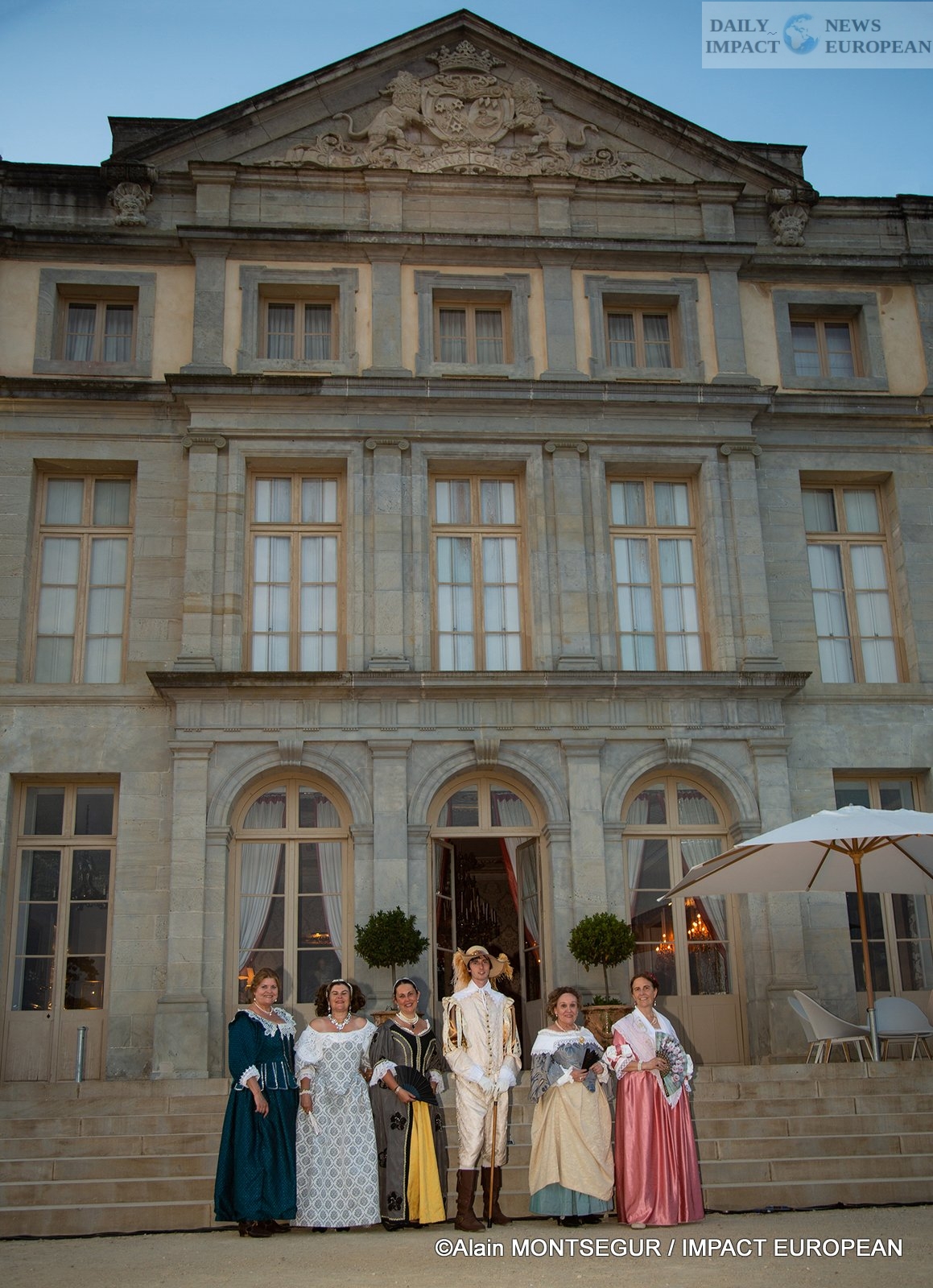
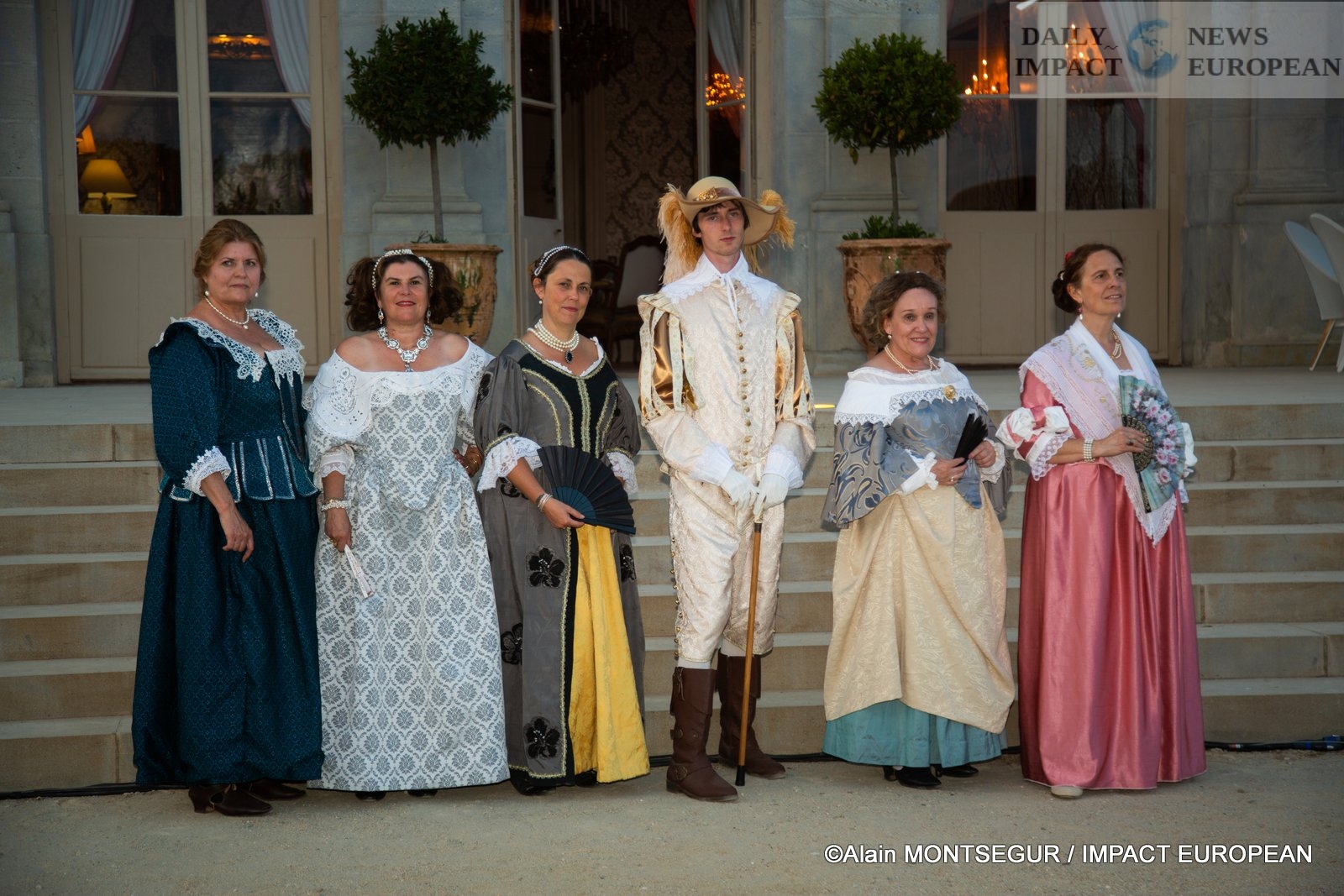

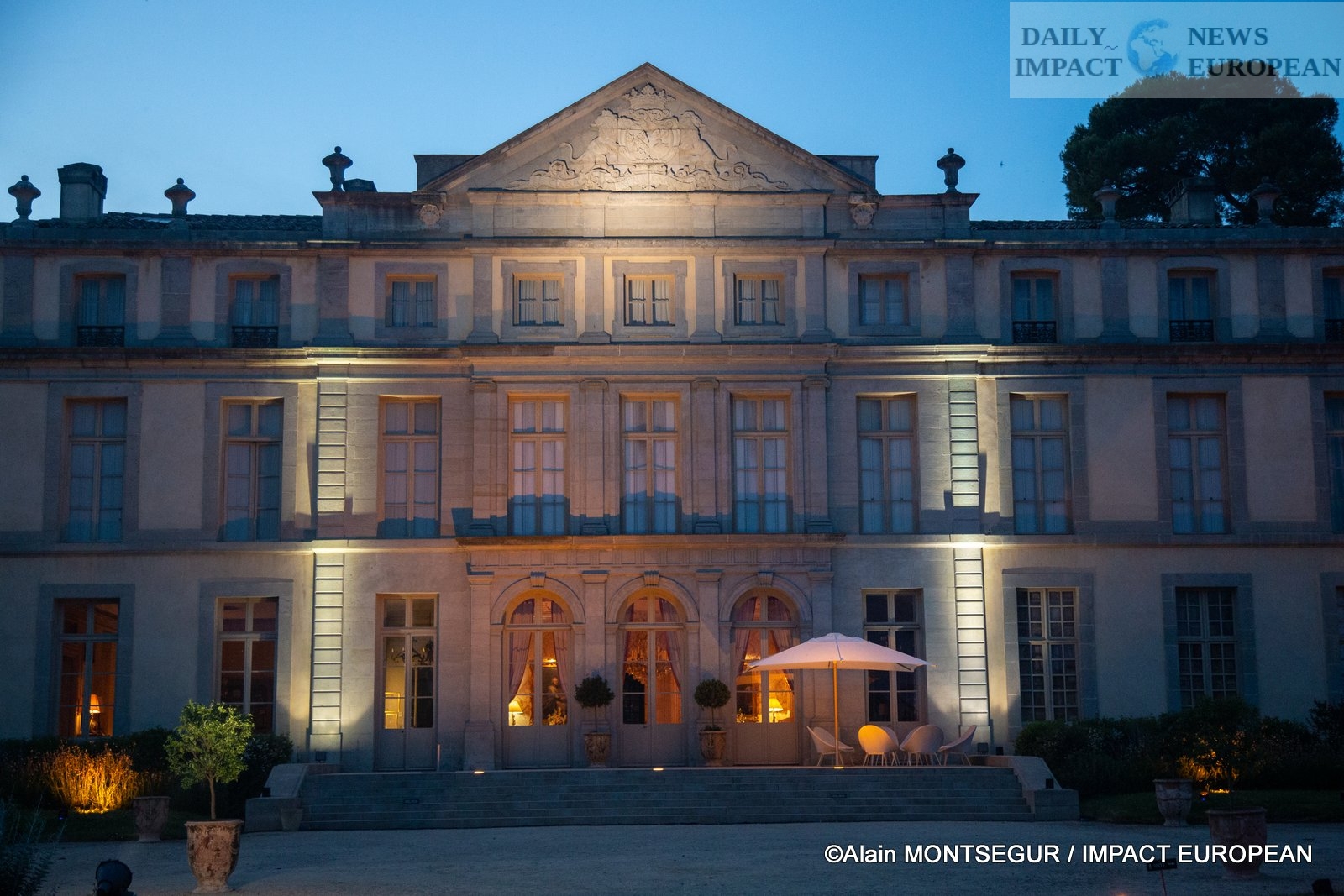

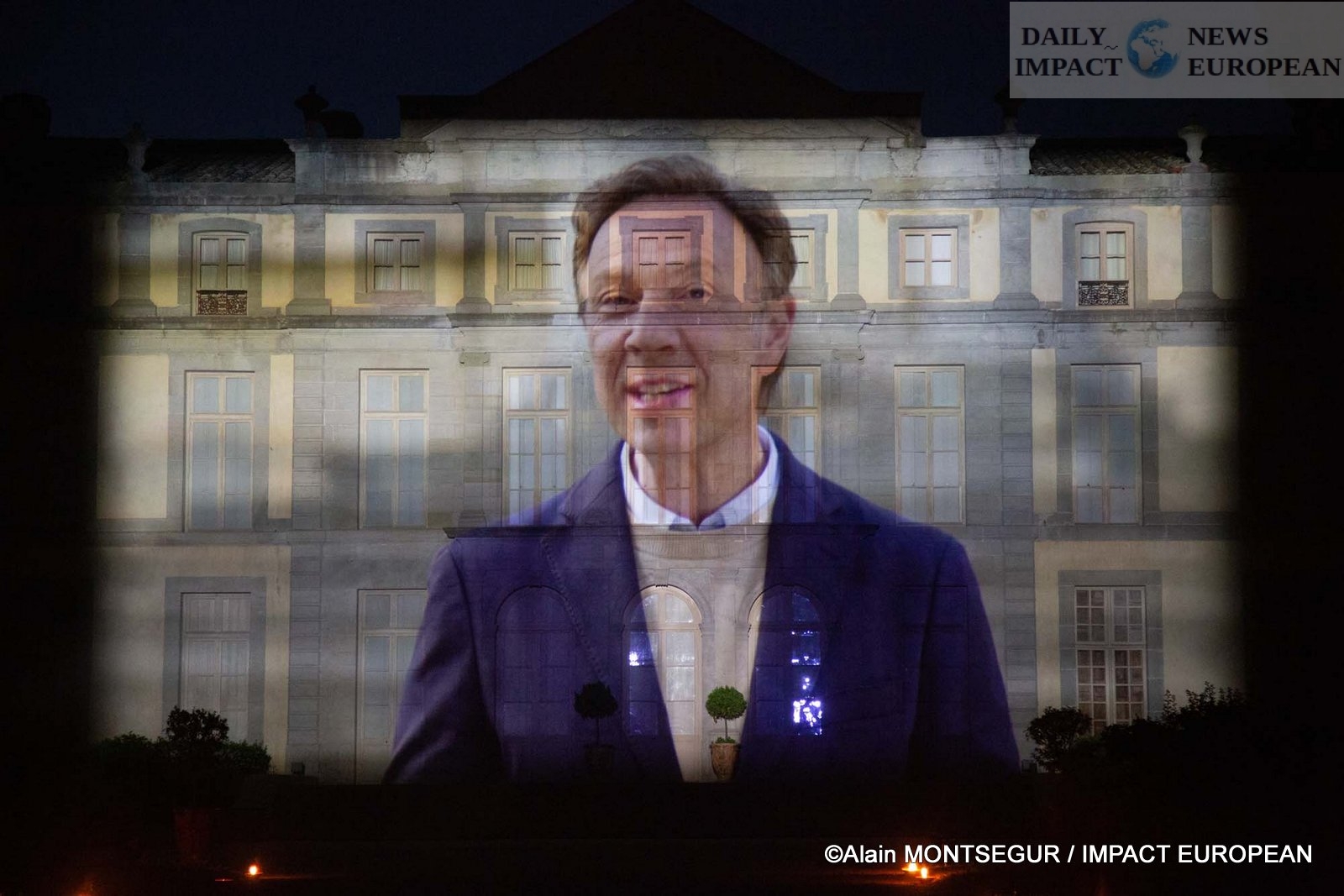
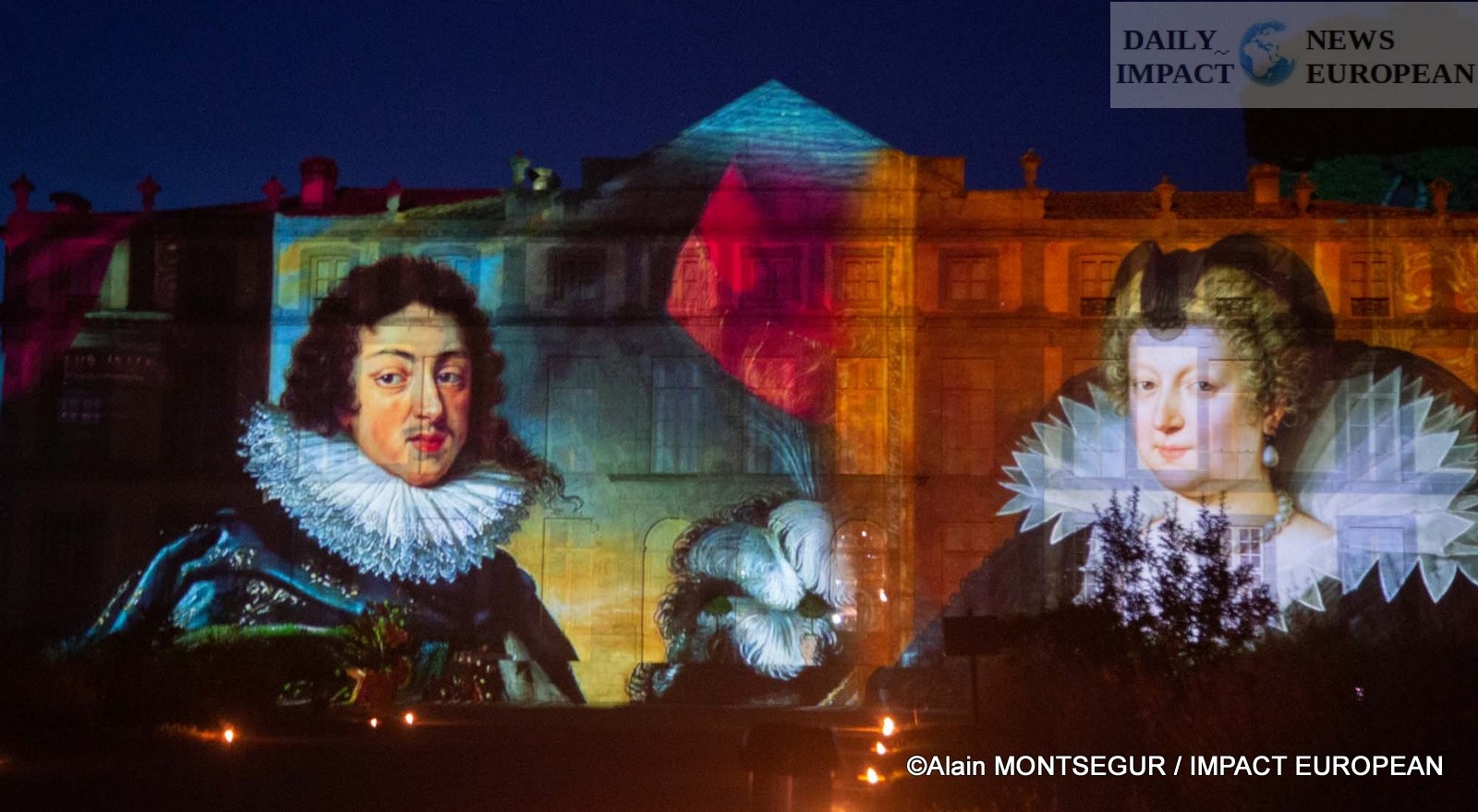
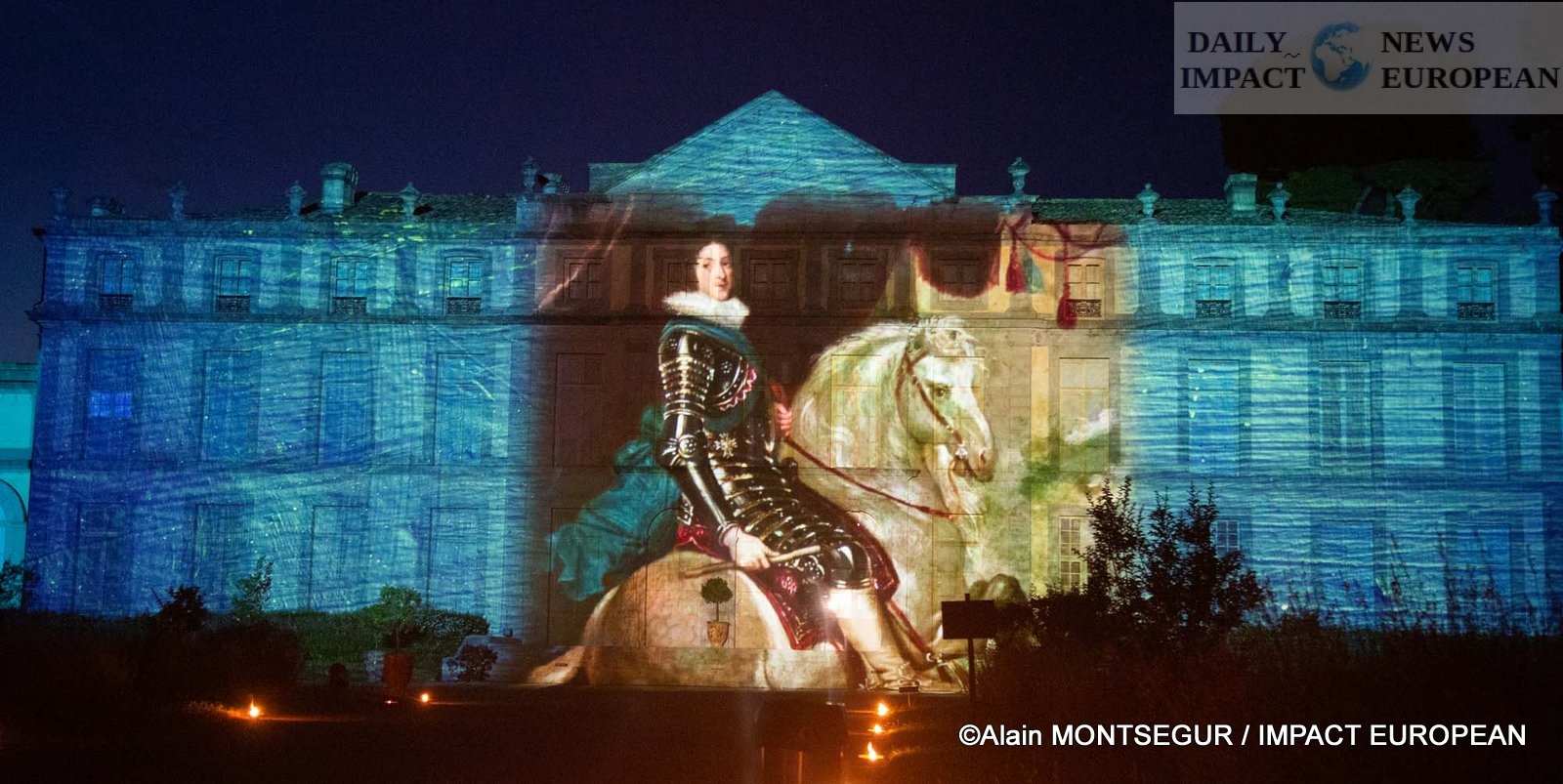

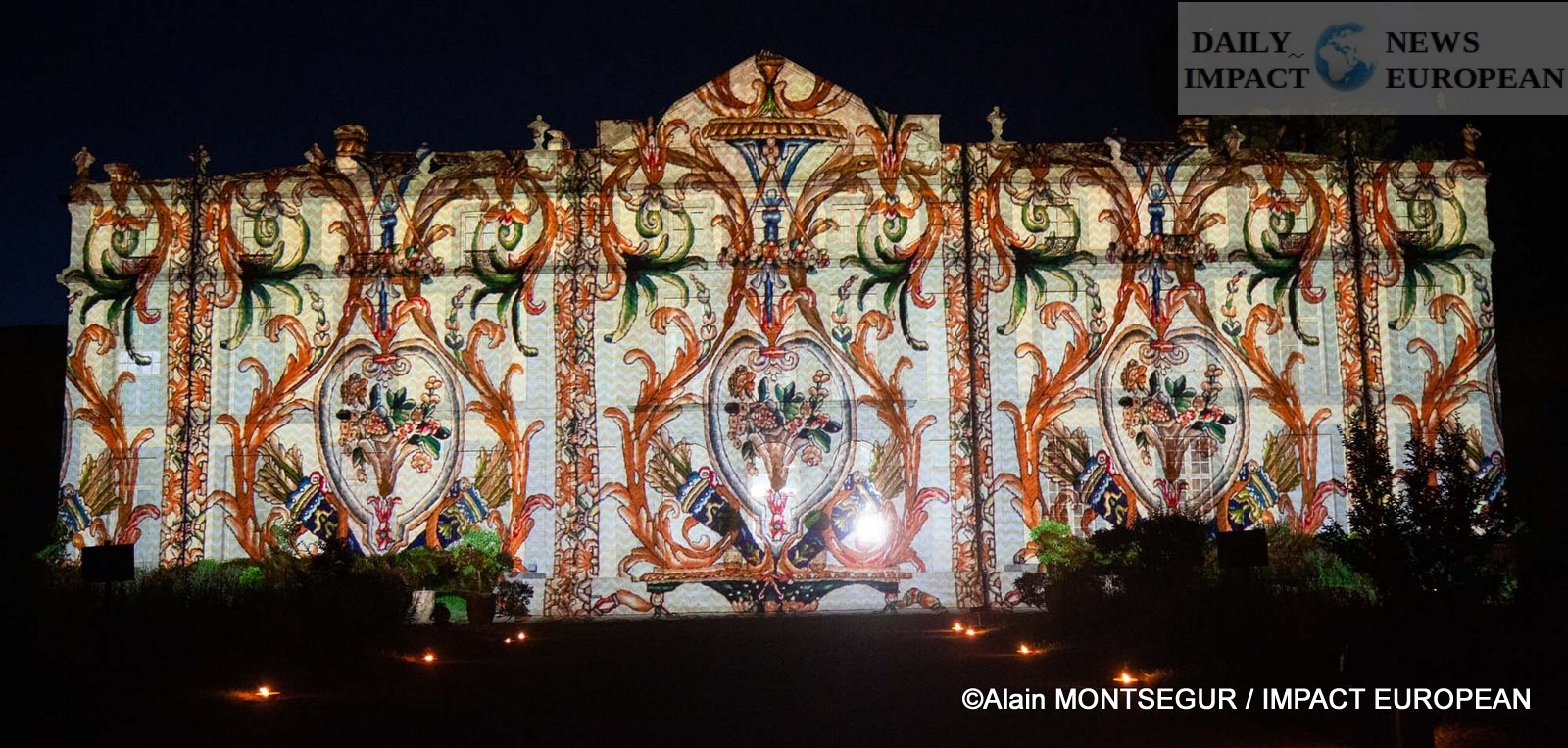
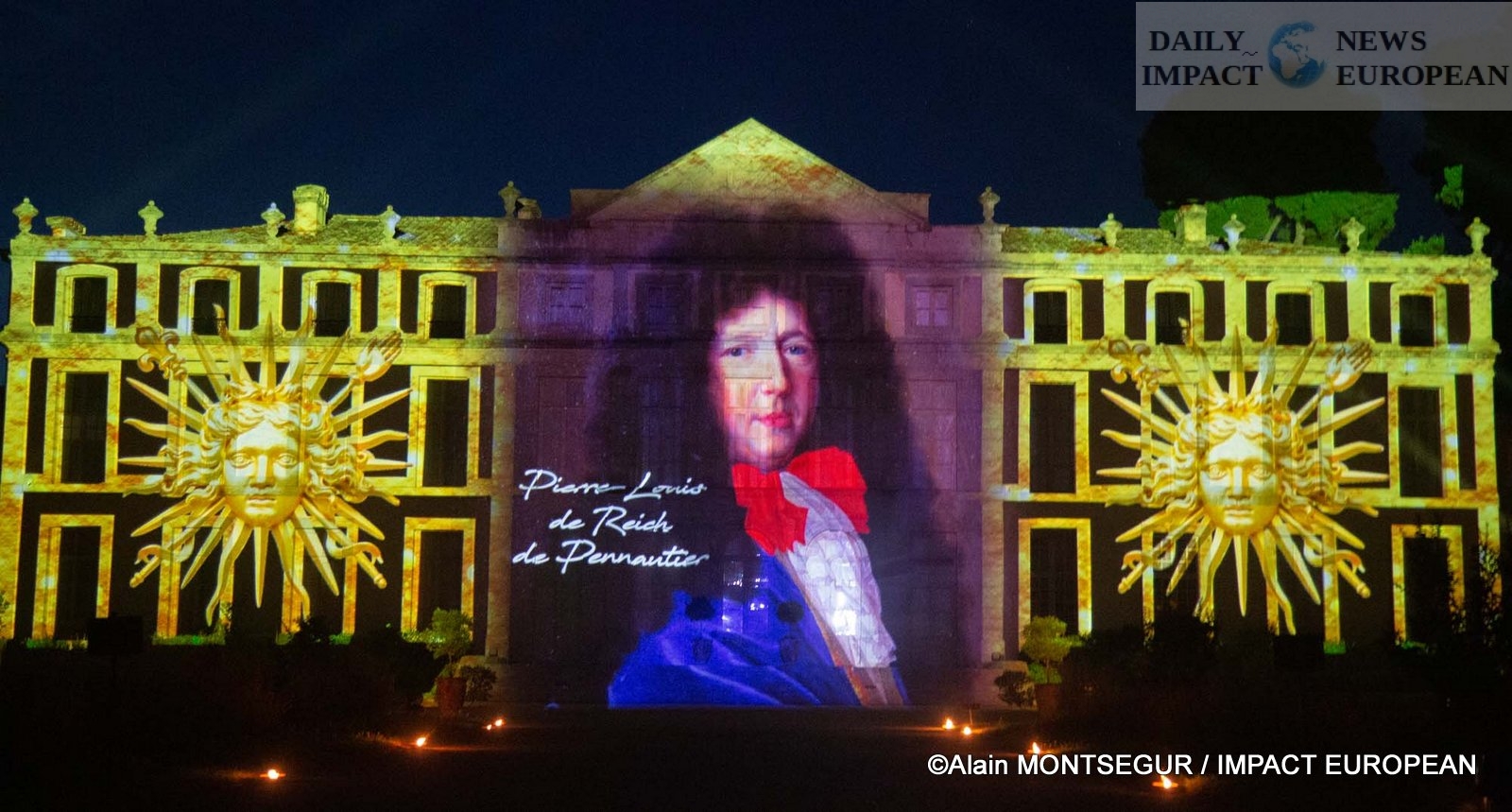
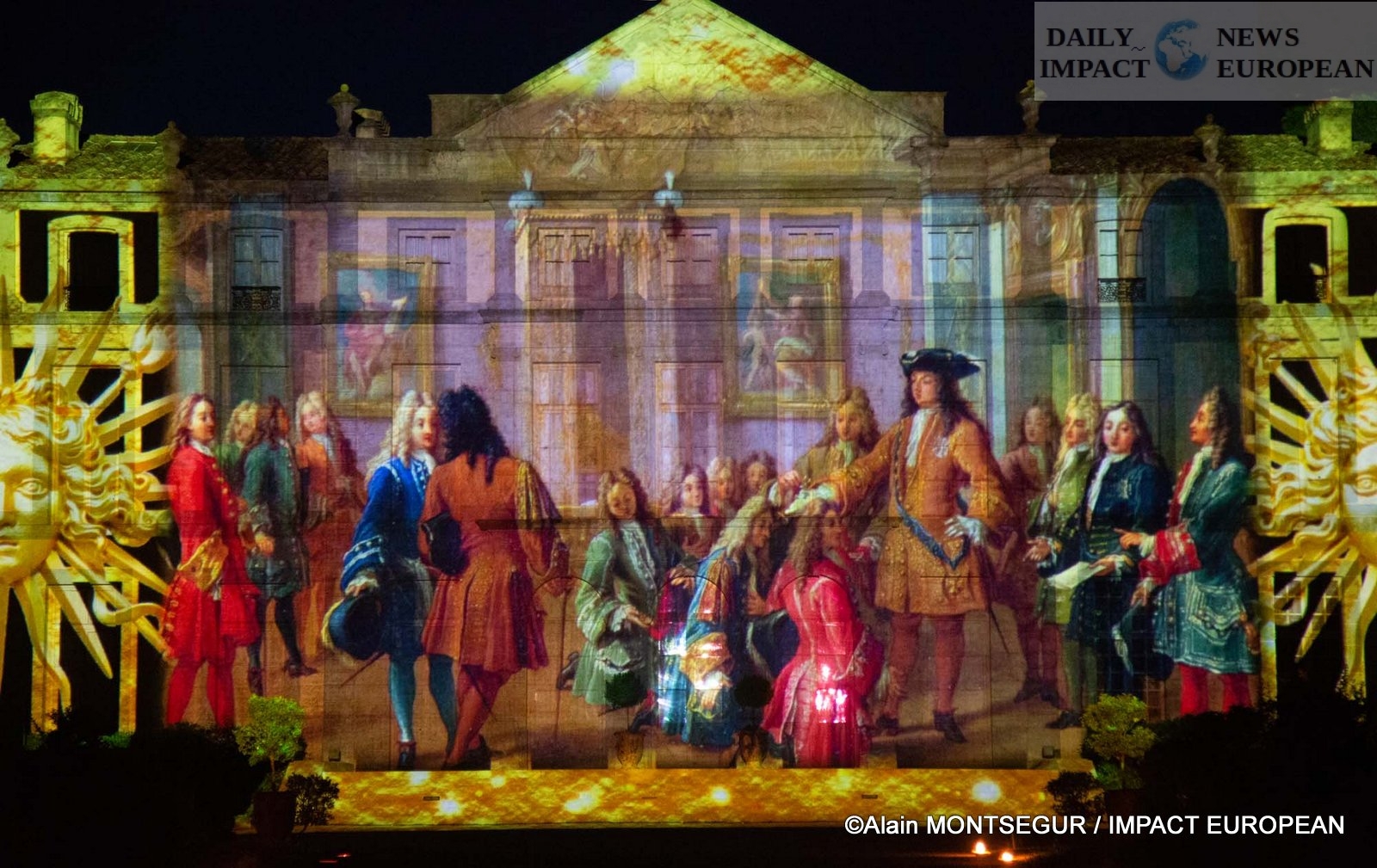
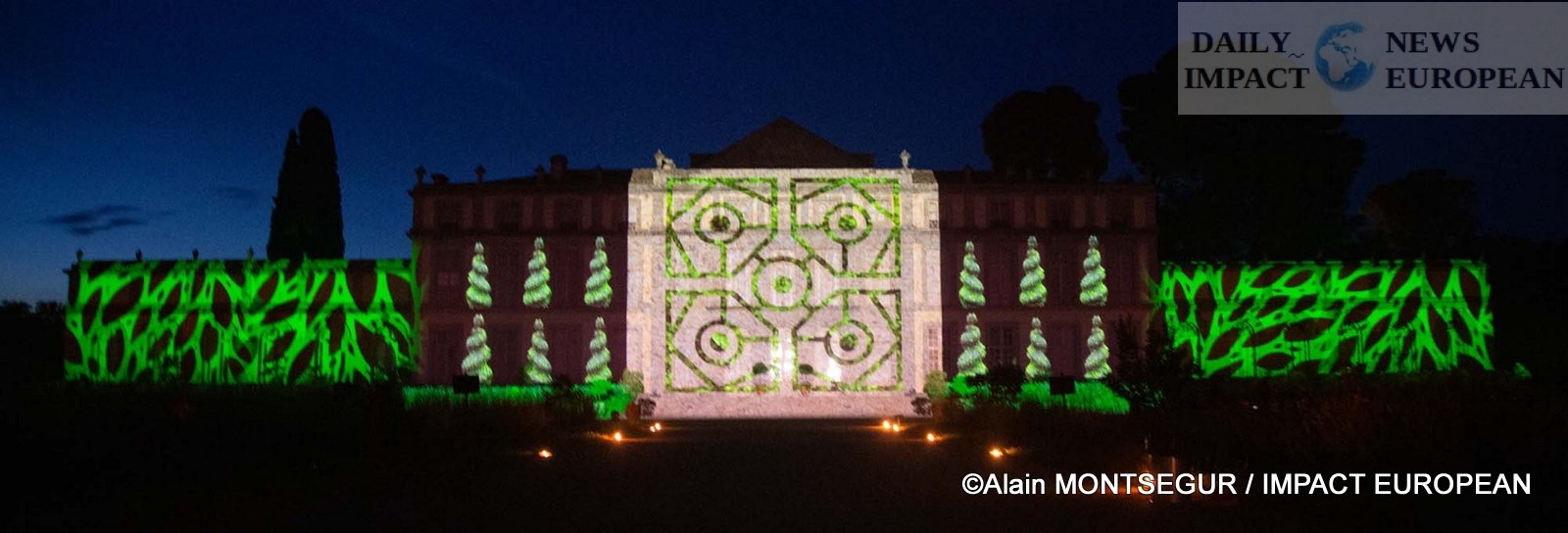
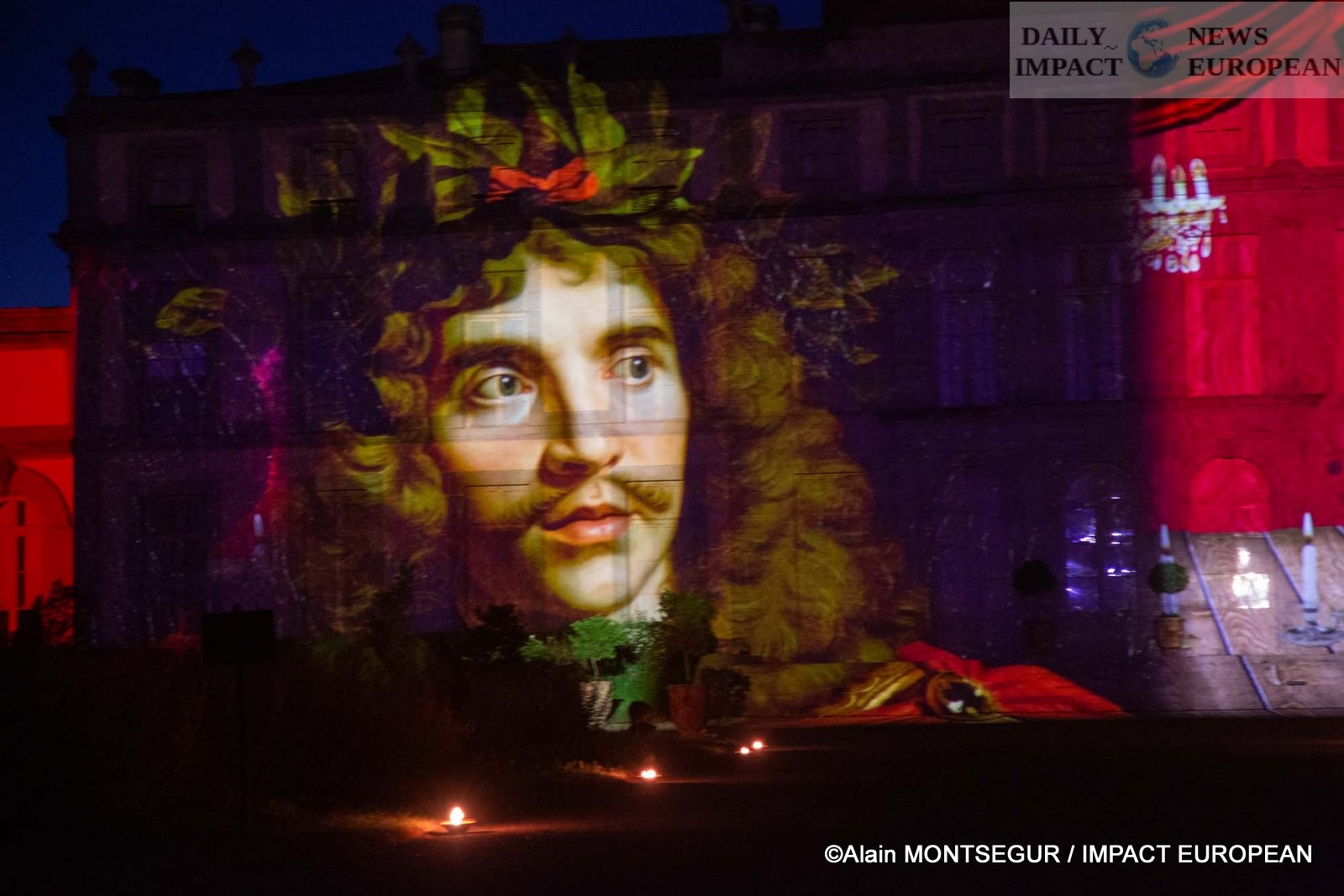
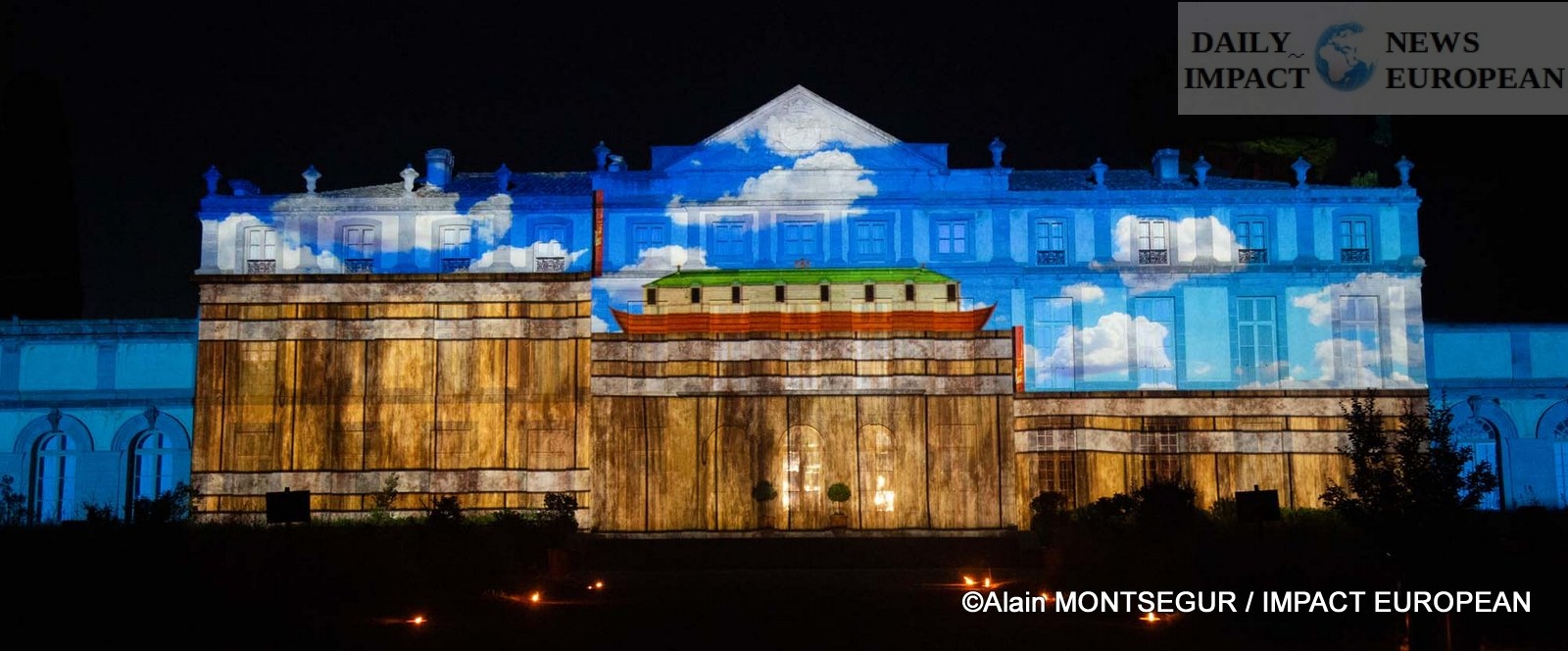
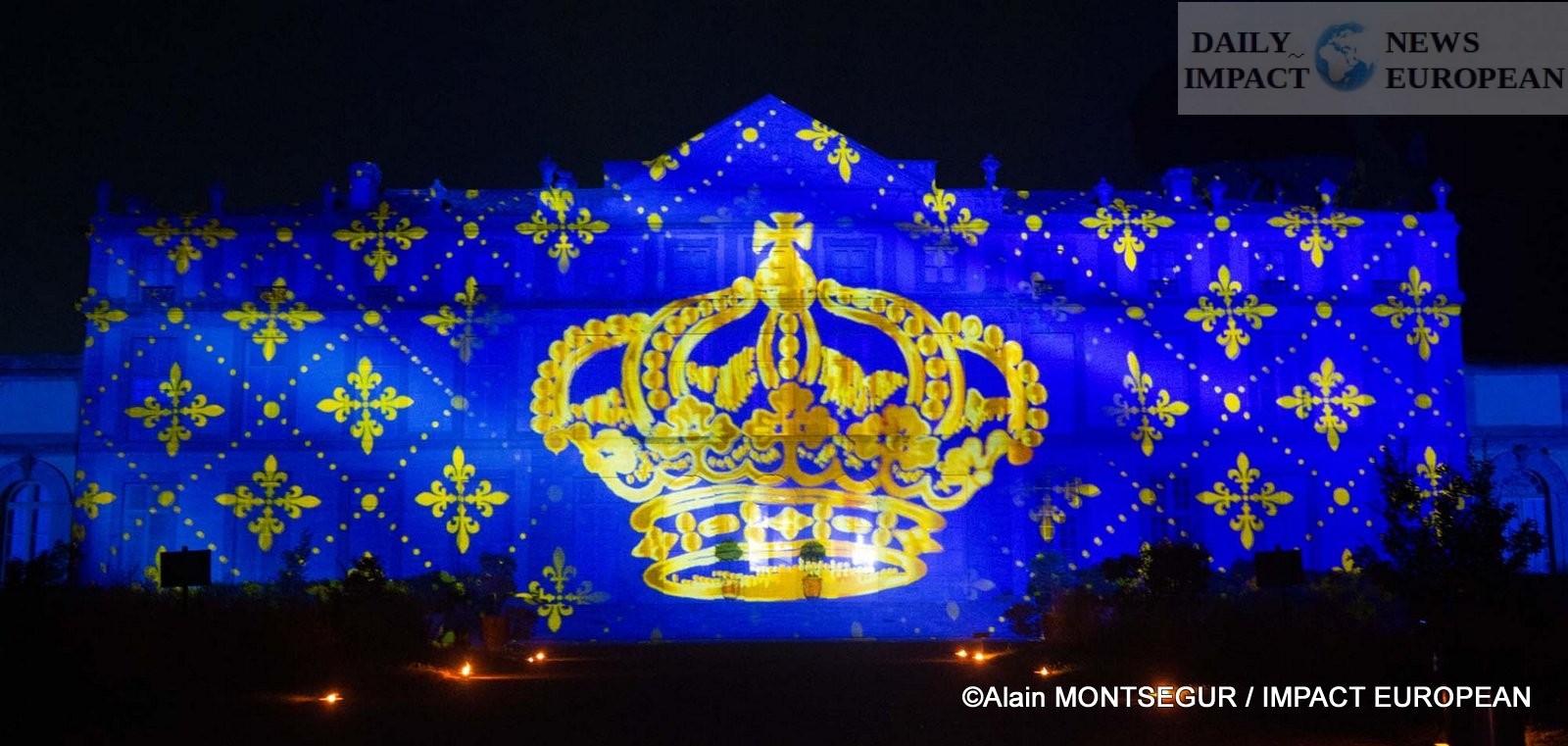
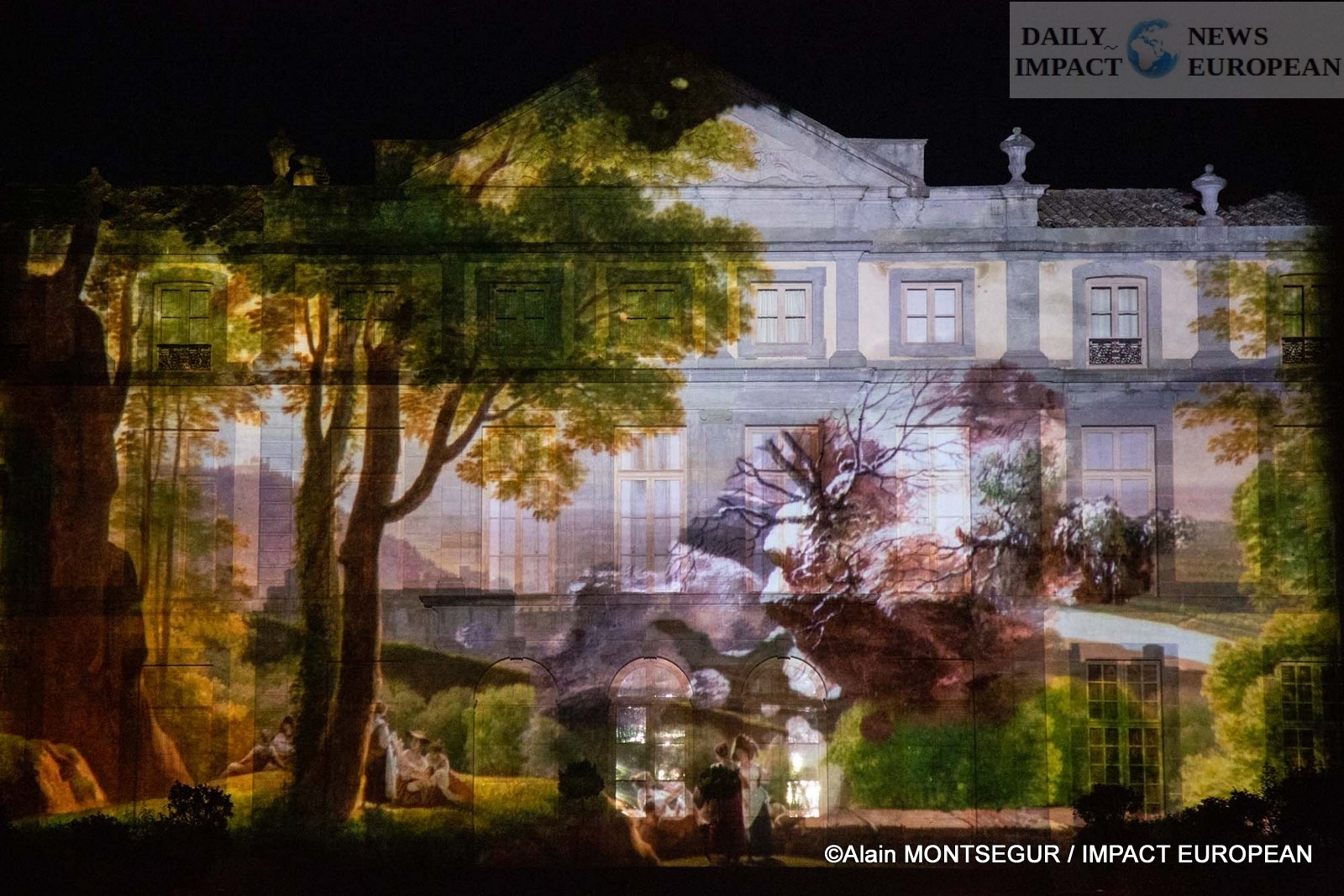
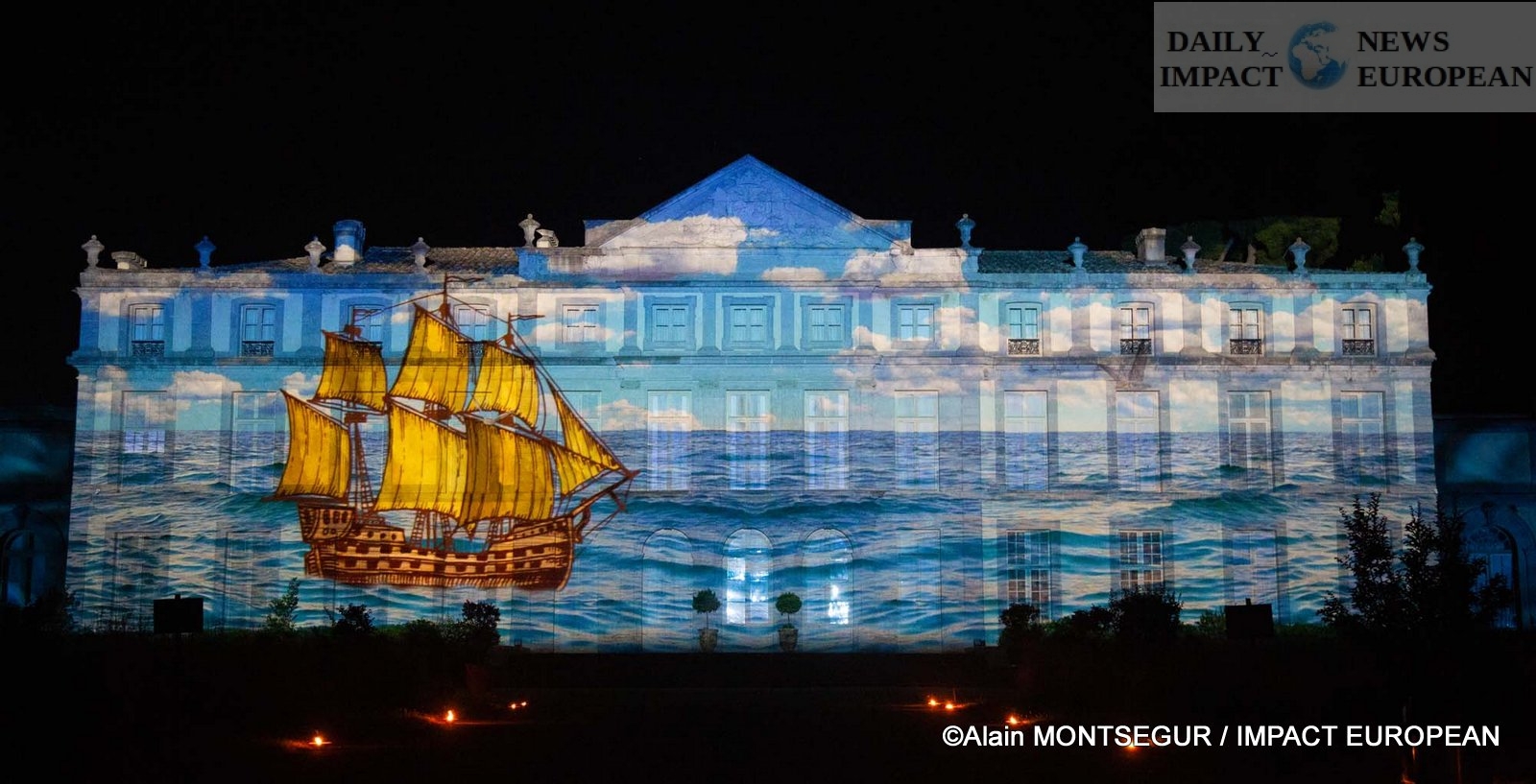
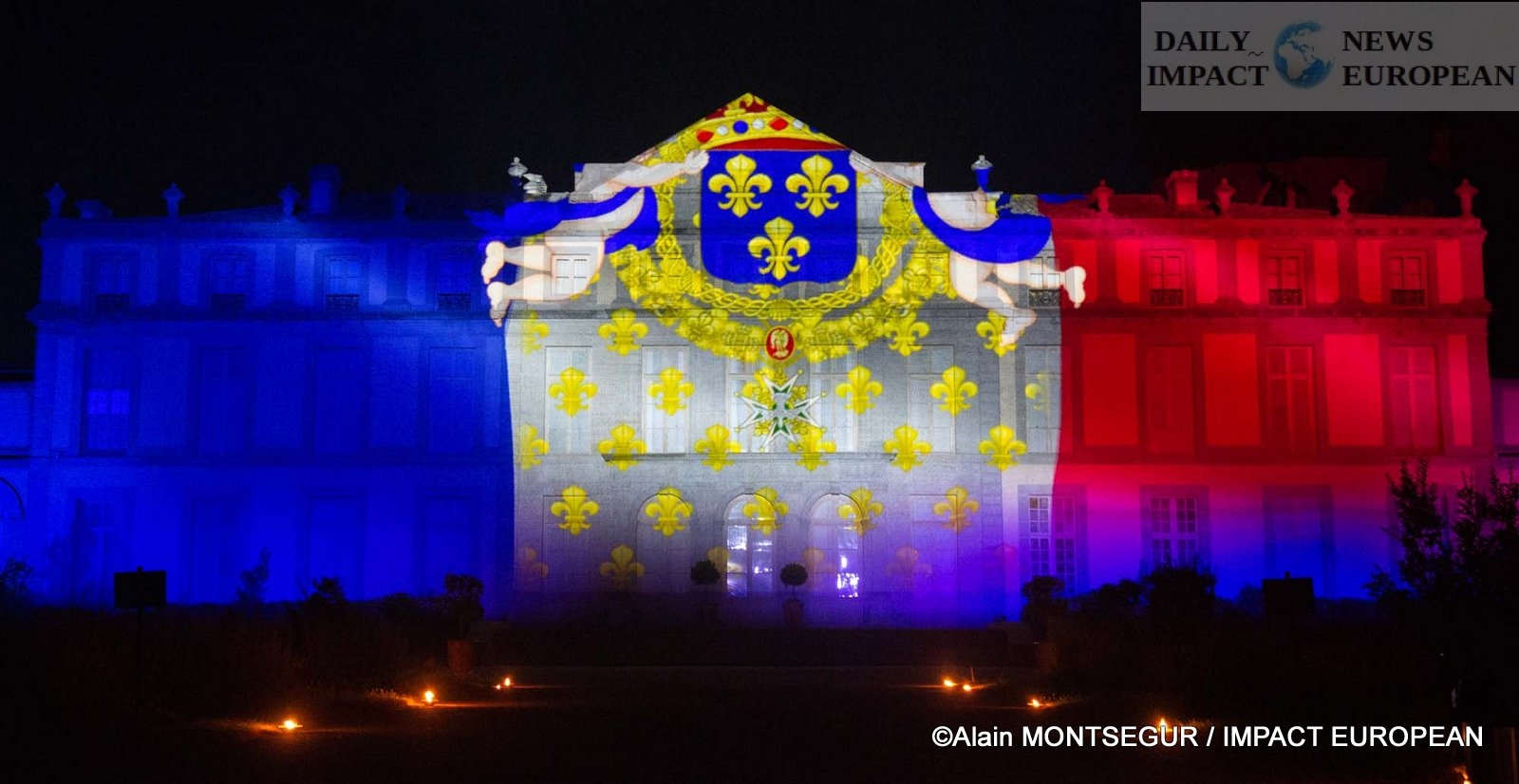
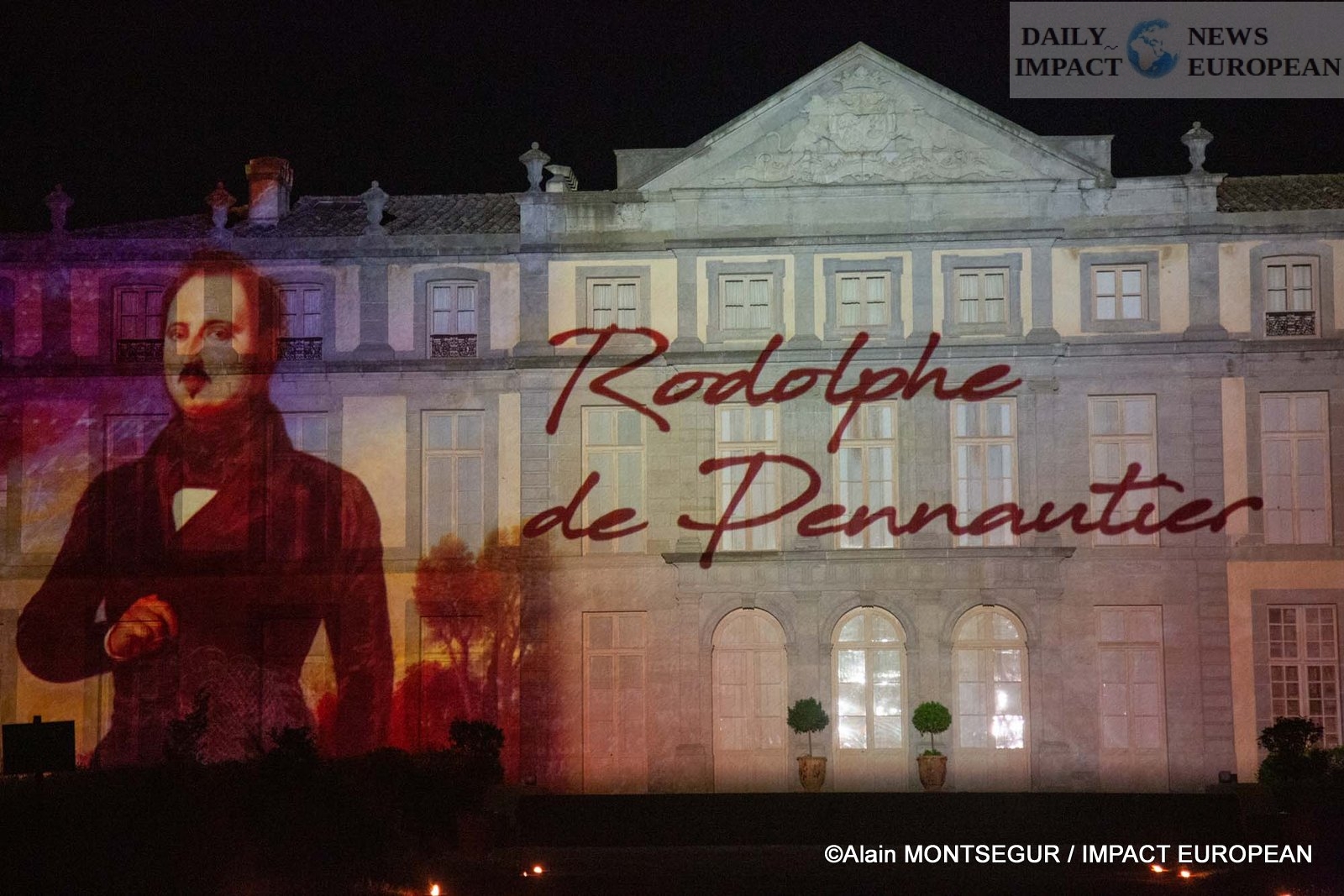
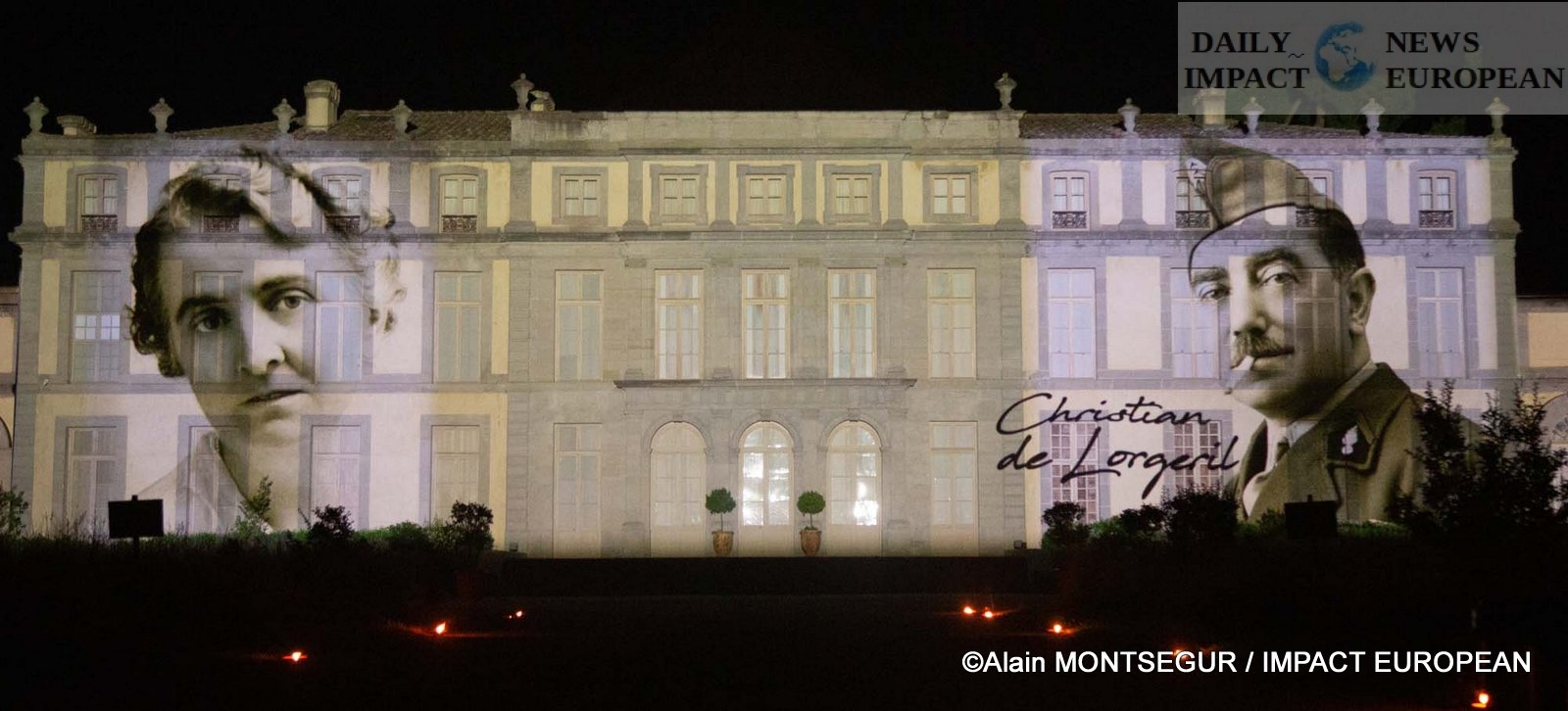
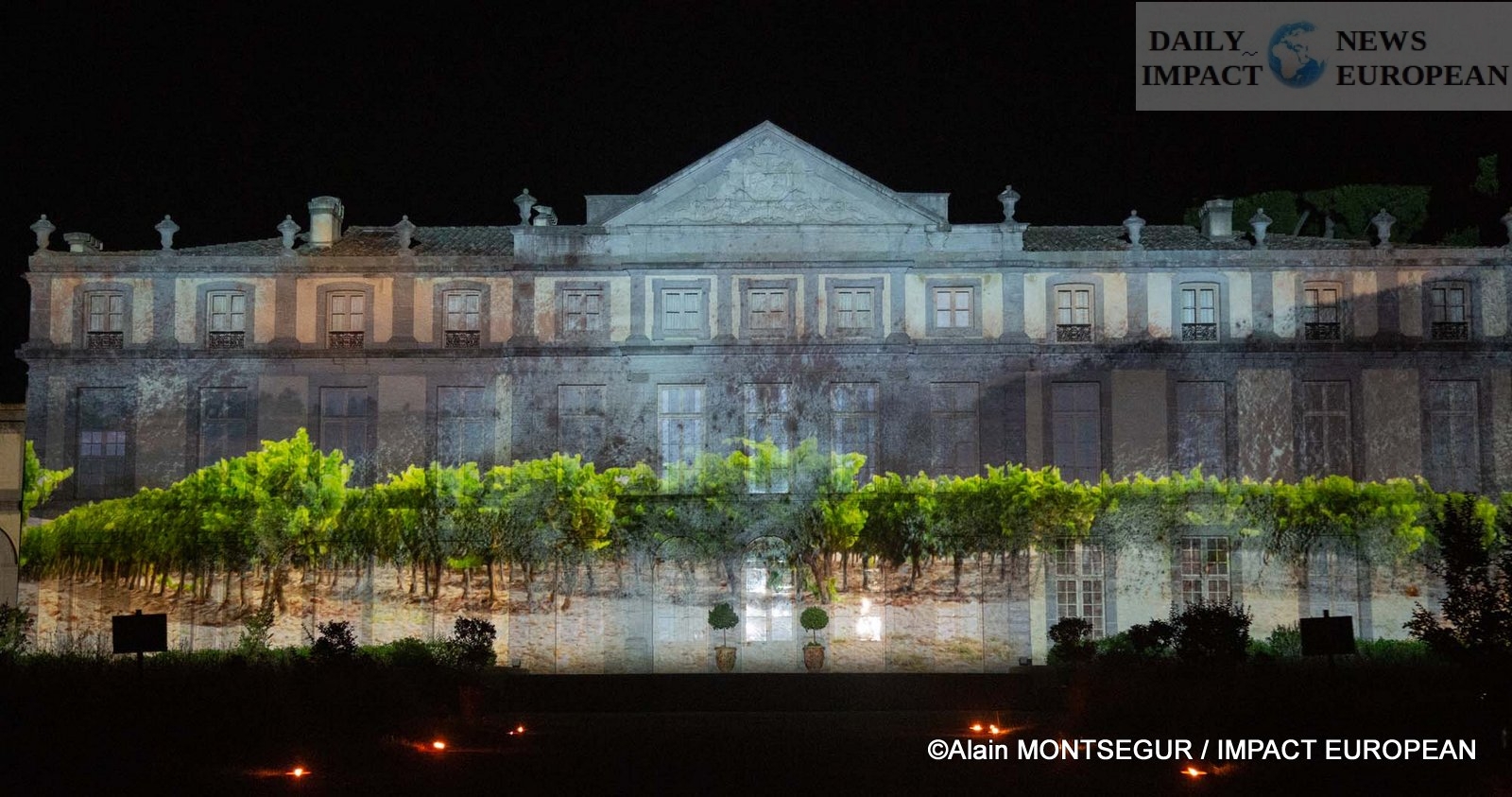
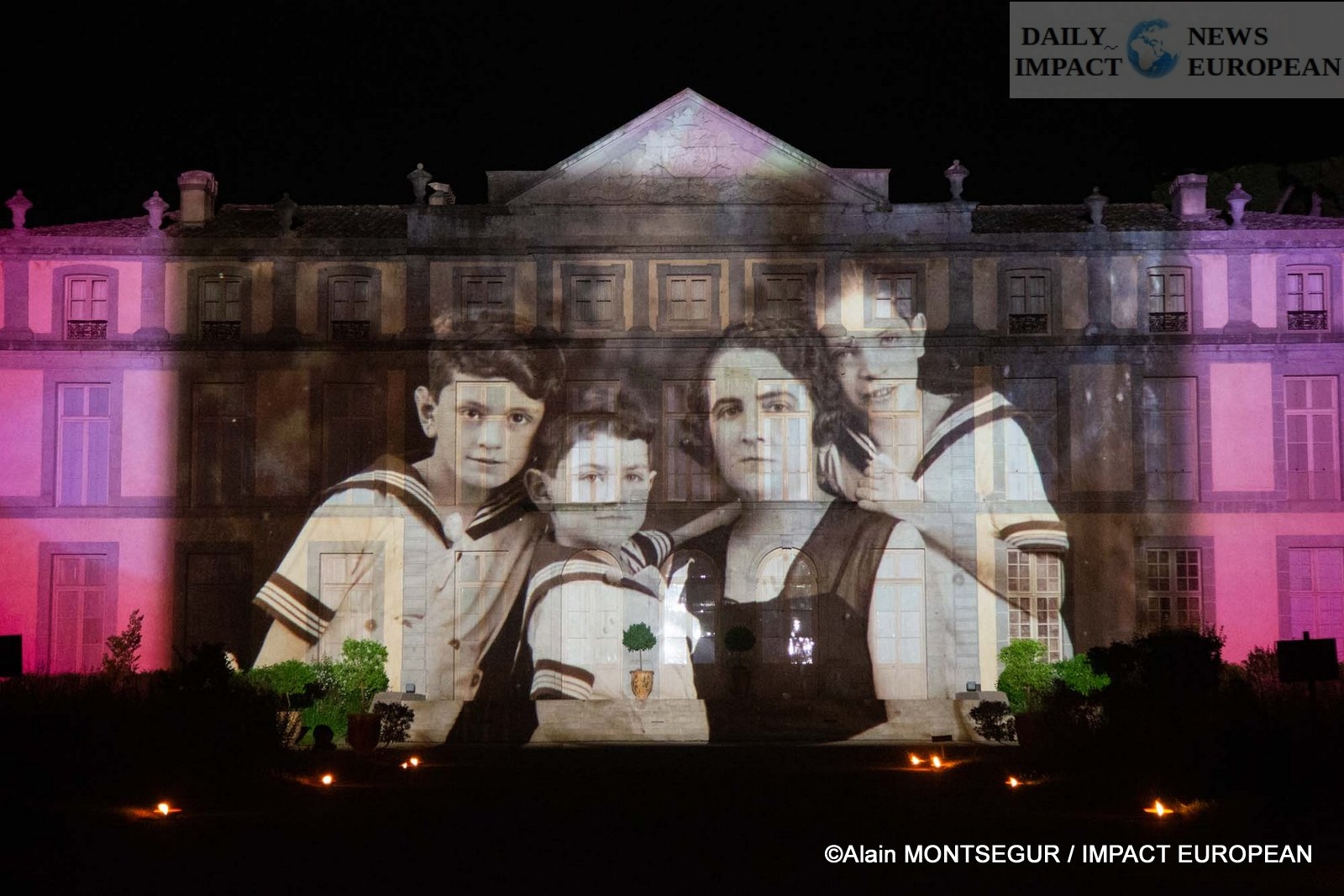
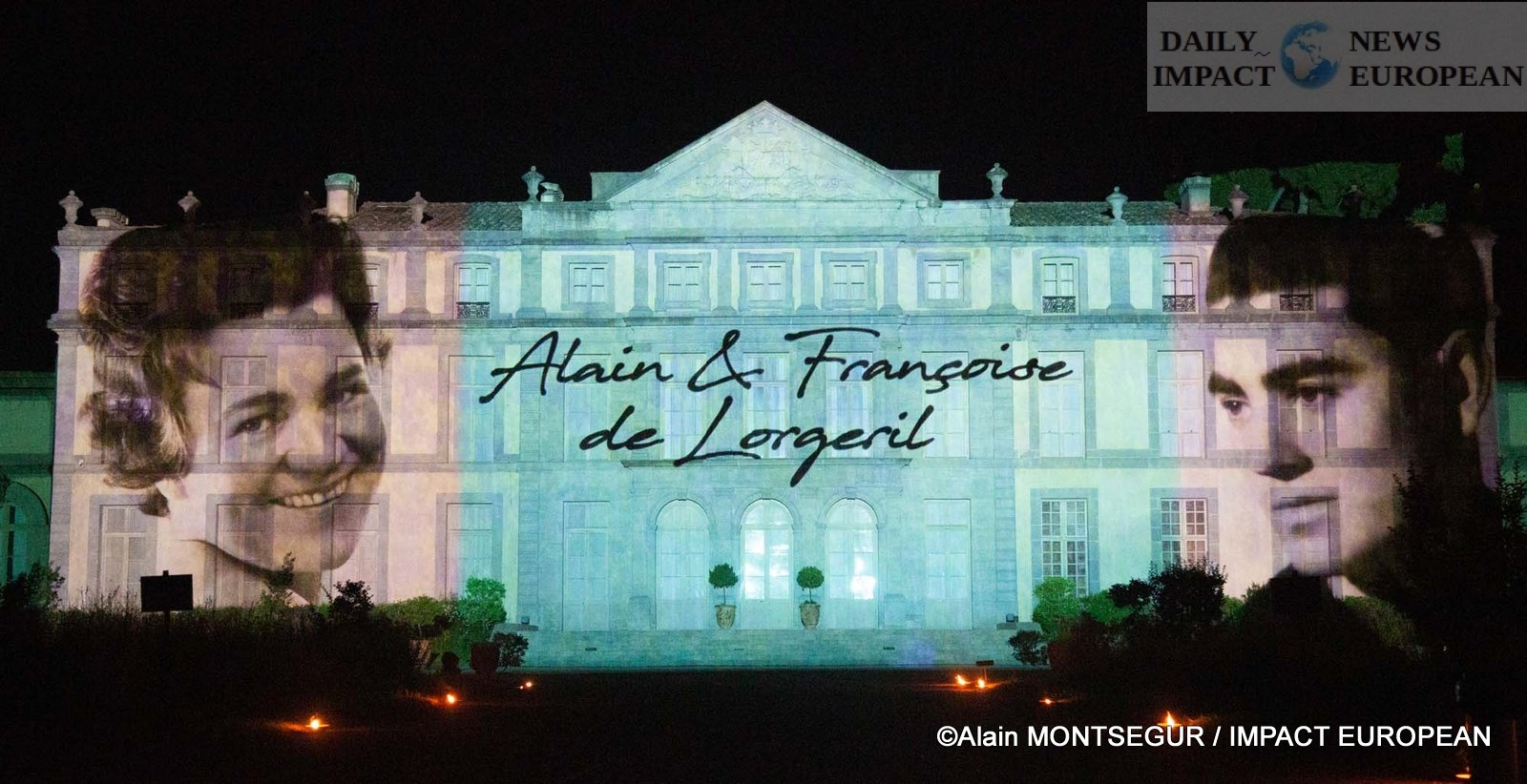
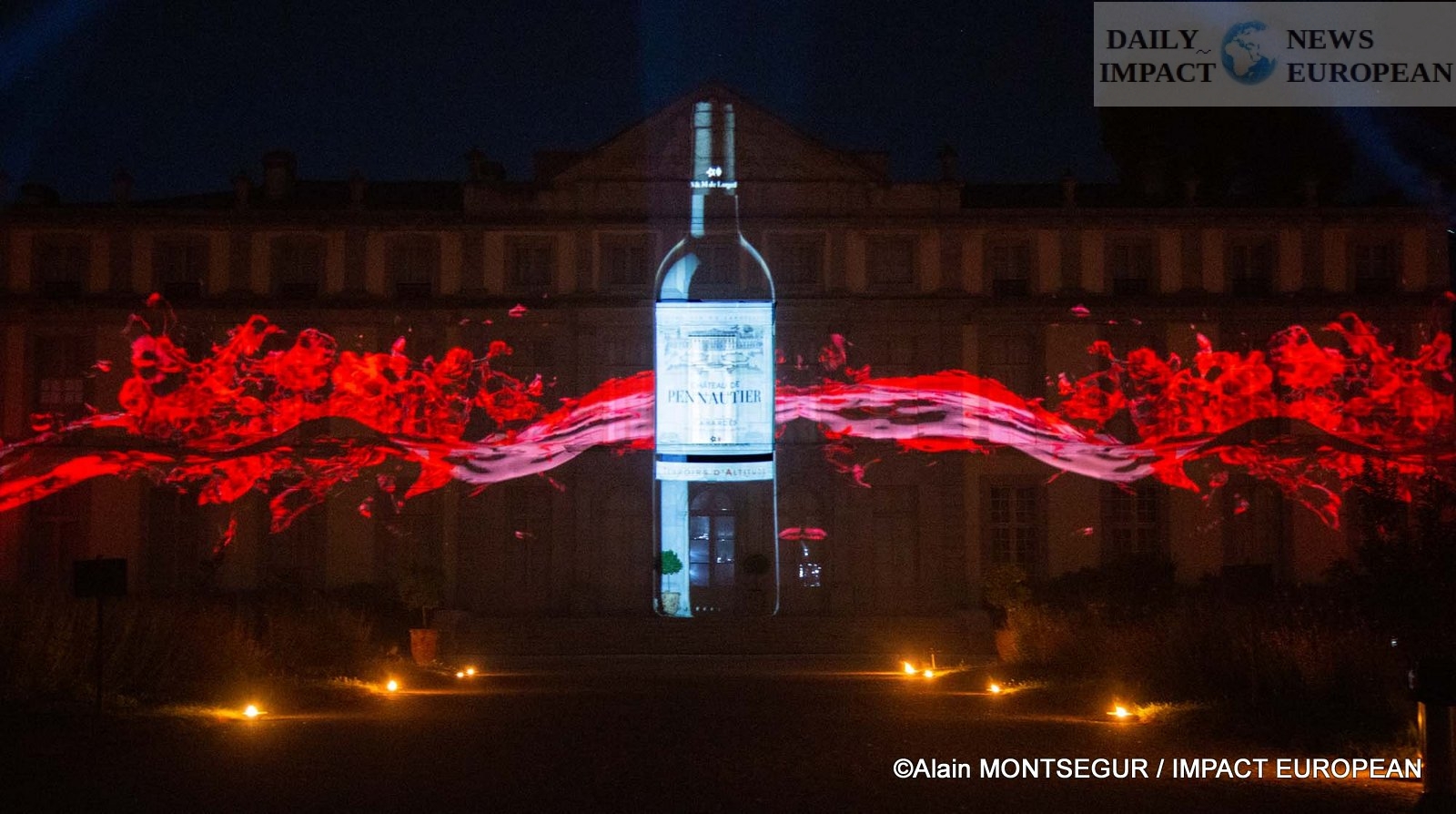
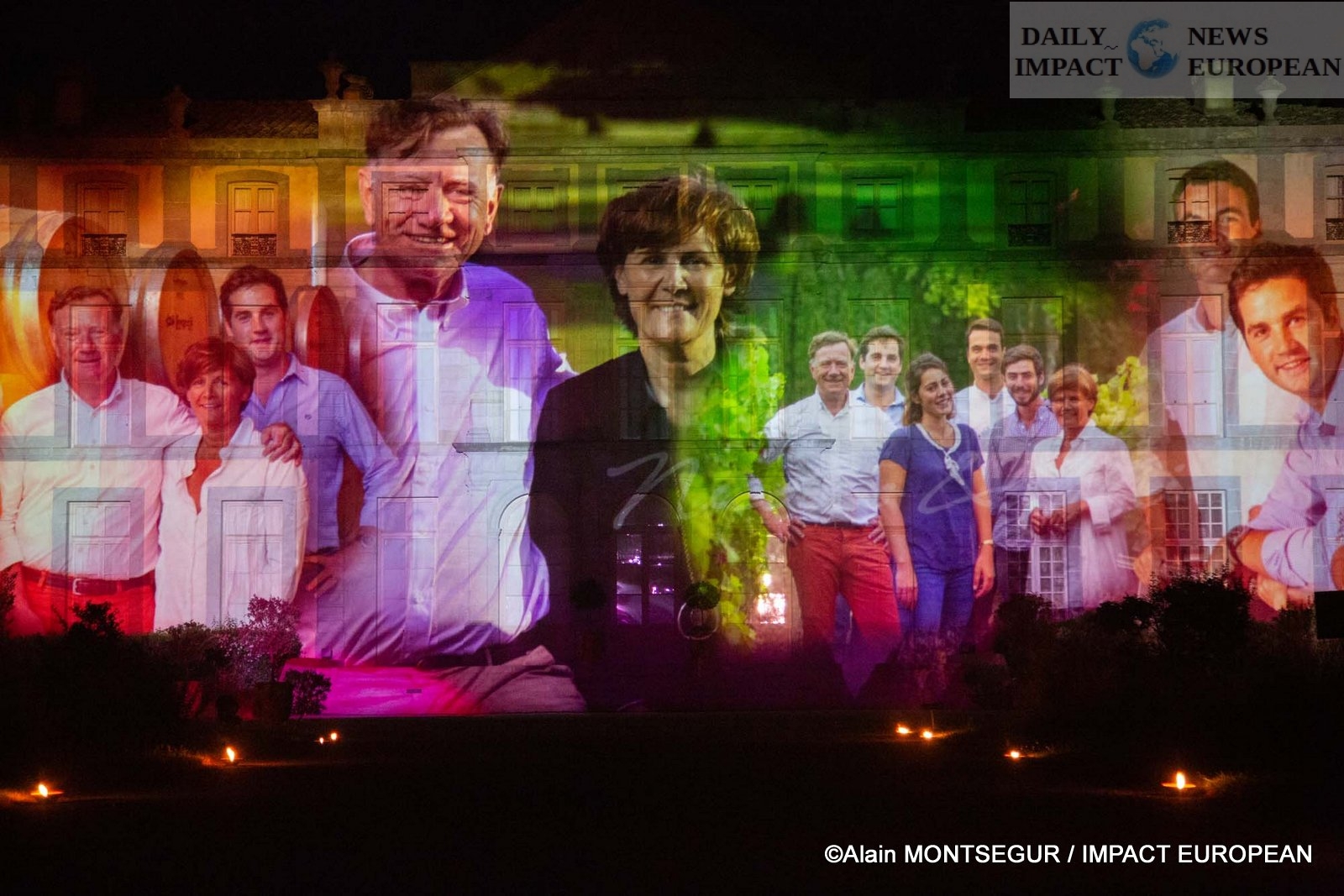
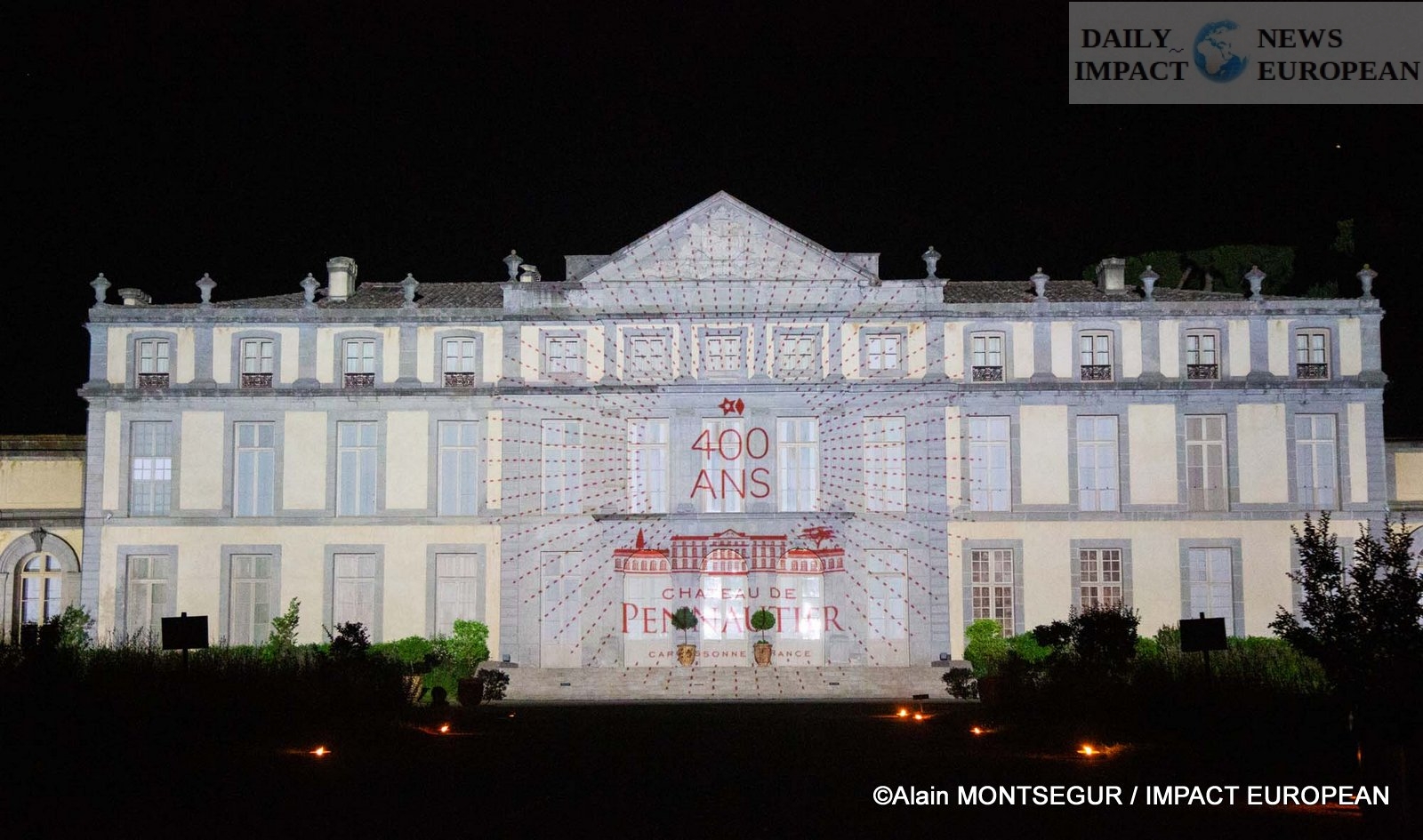
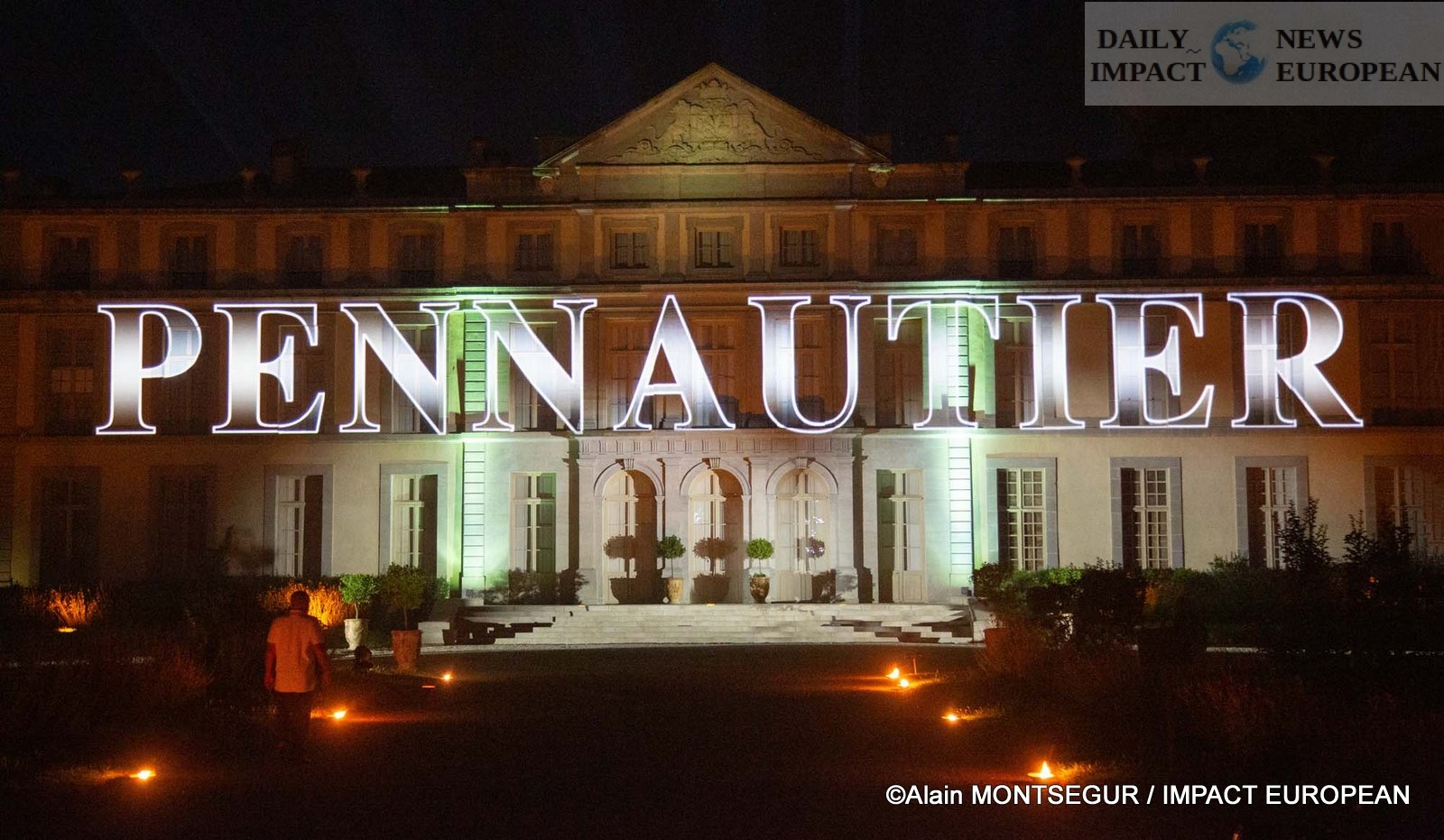
Plus d'histoires
The Sandman’s Daughter ice show
Île-de-France’s “Chanté Nwèl” Lights Up Saint-Ouen with Caribbean Warmth
Lights of Nature at the Jardin des Plantes, an Immersive Project Reinventing Biodiversity and Scientific Outreach